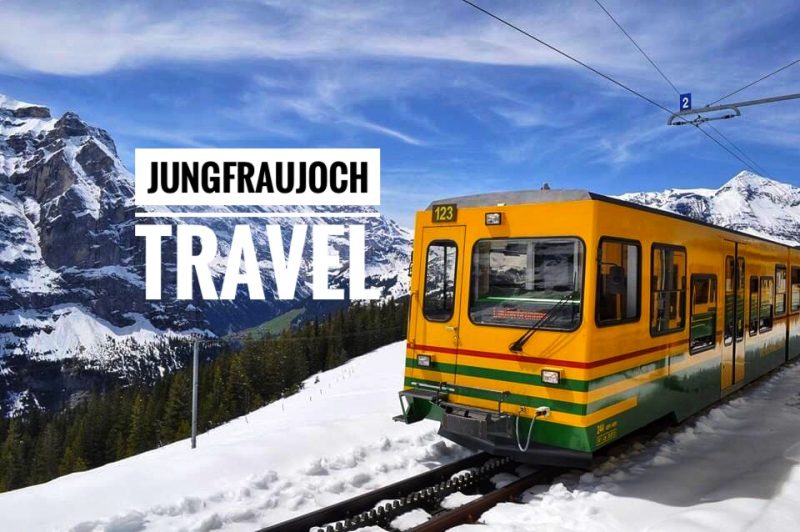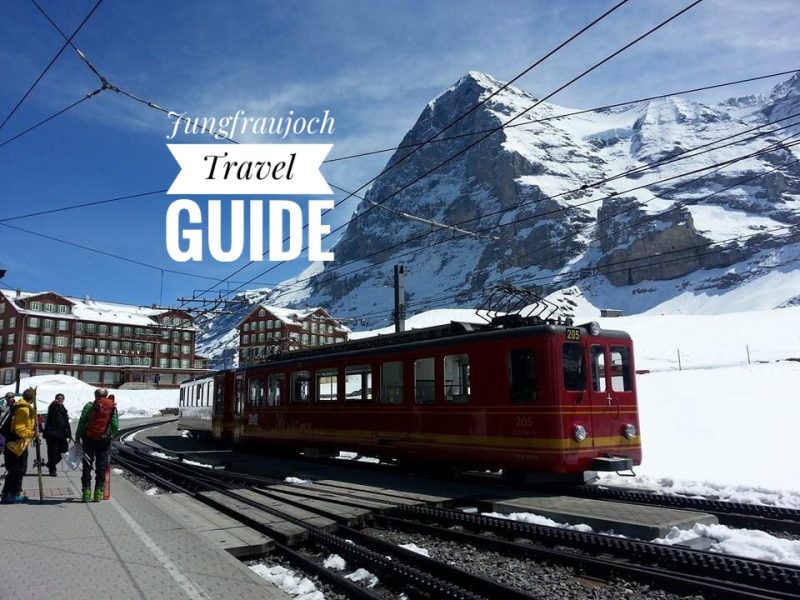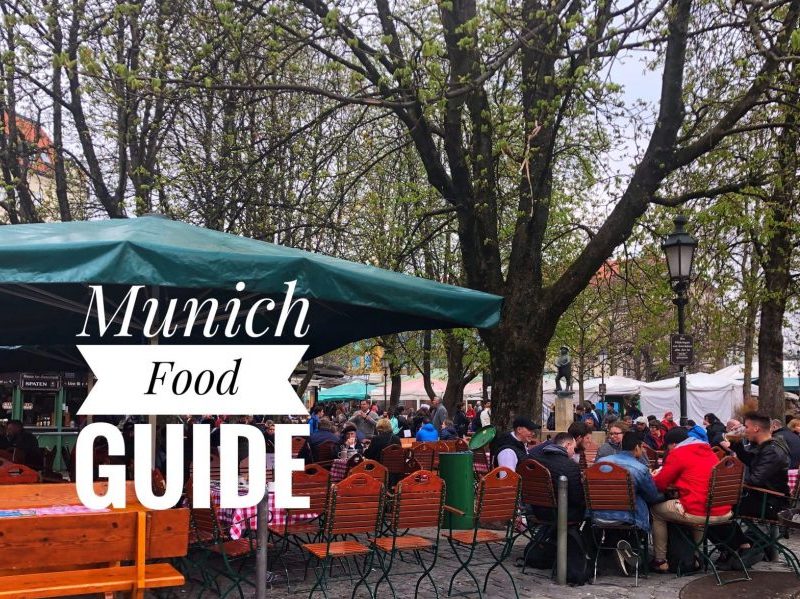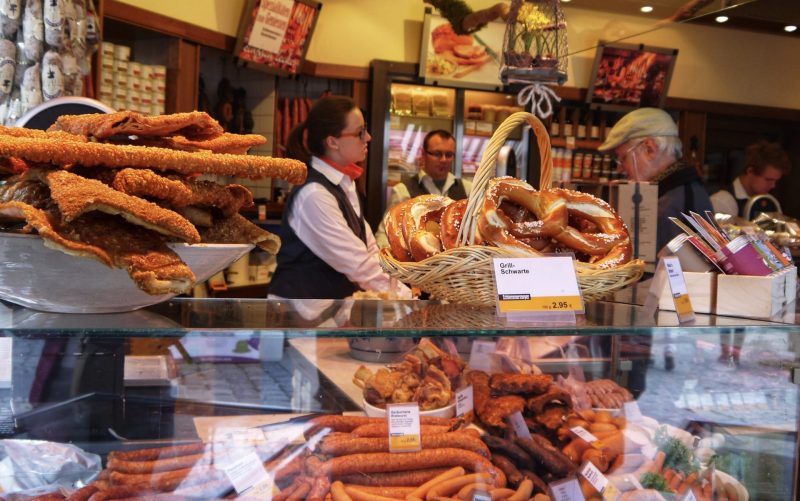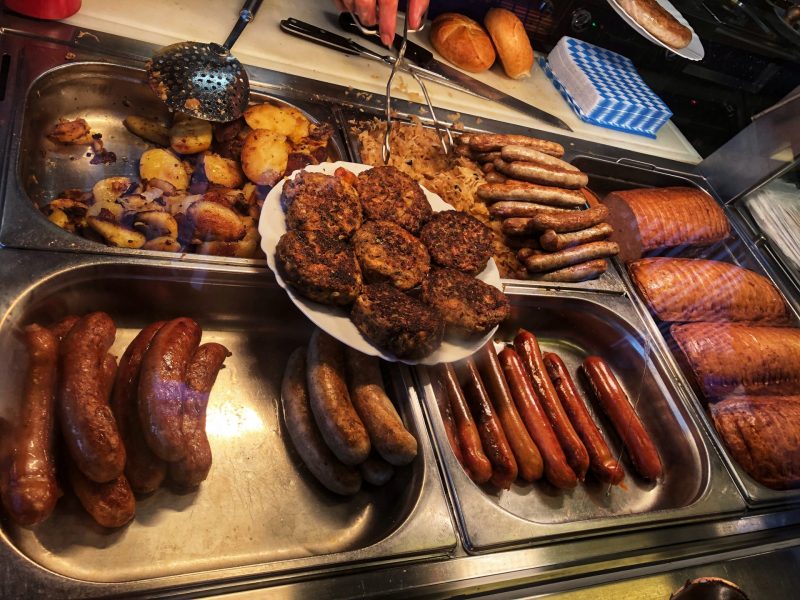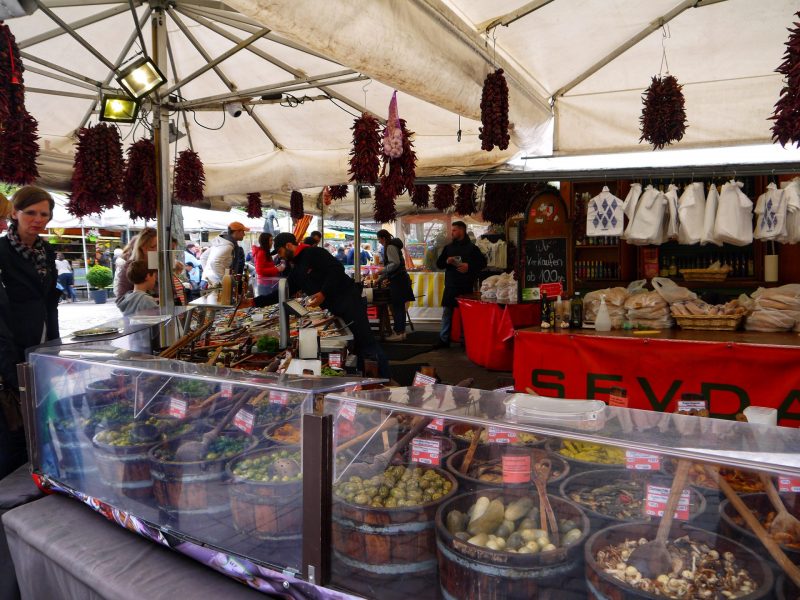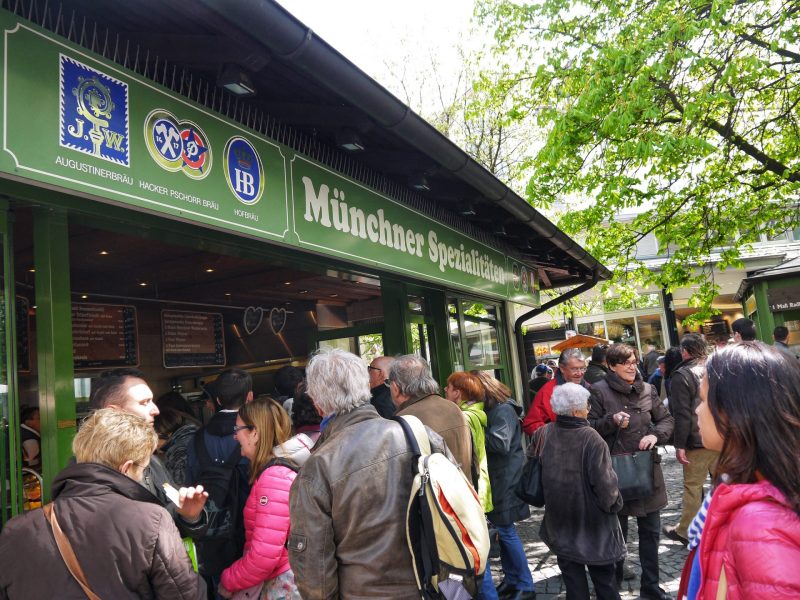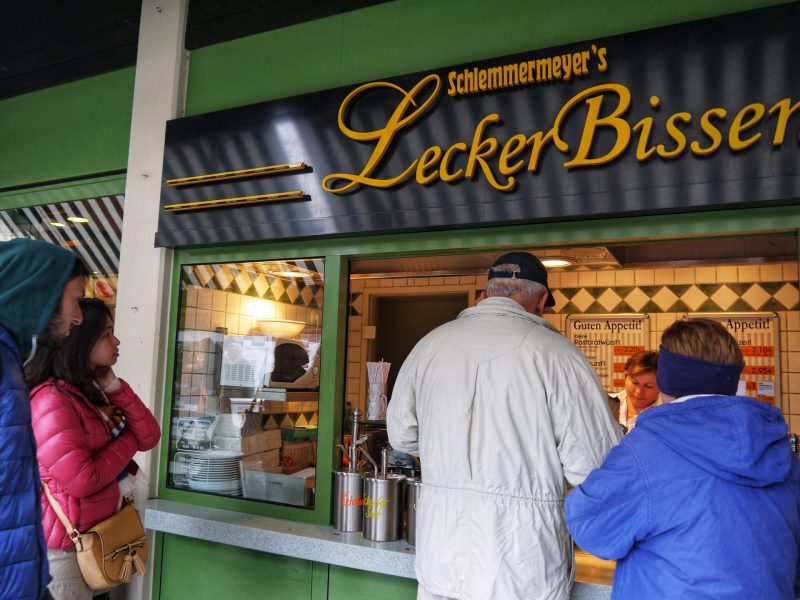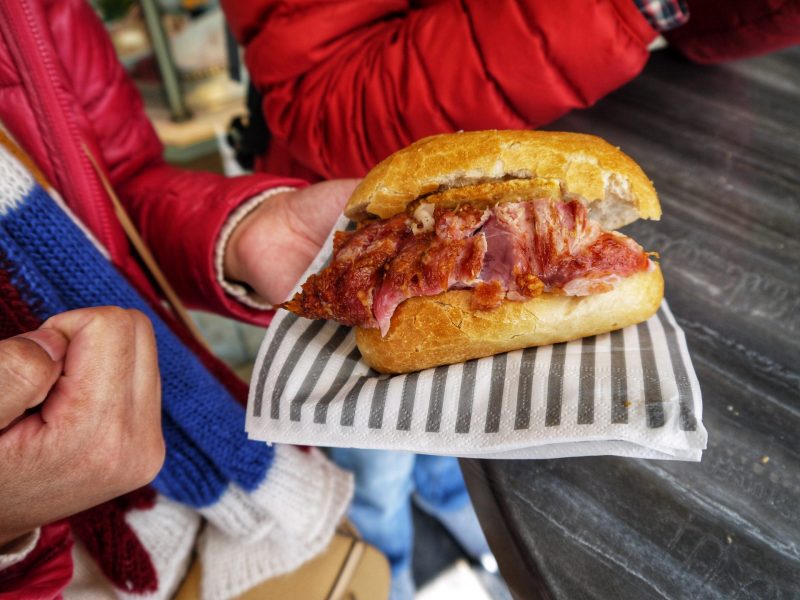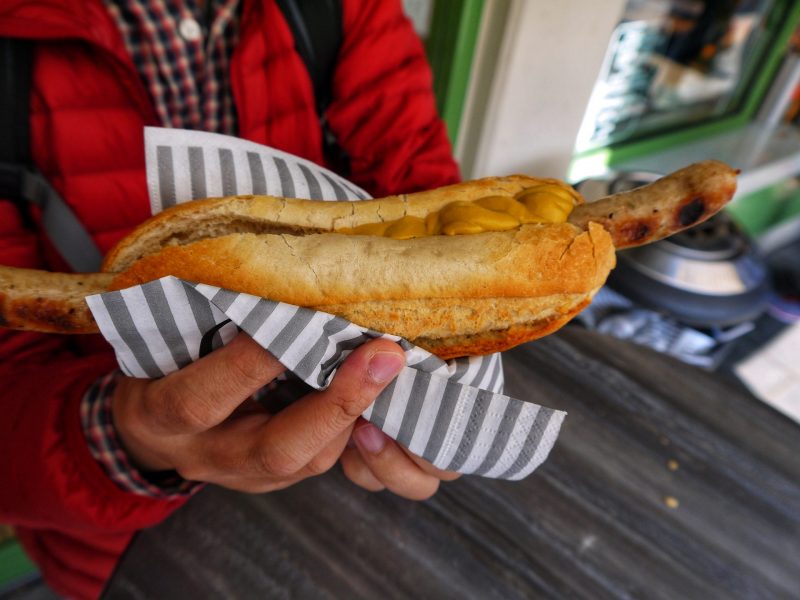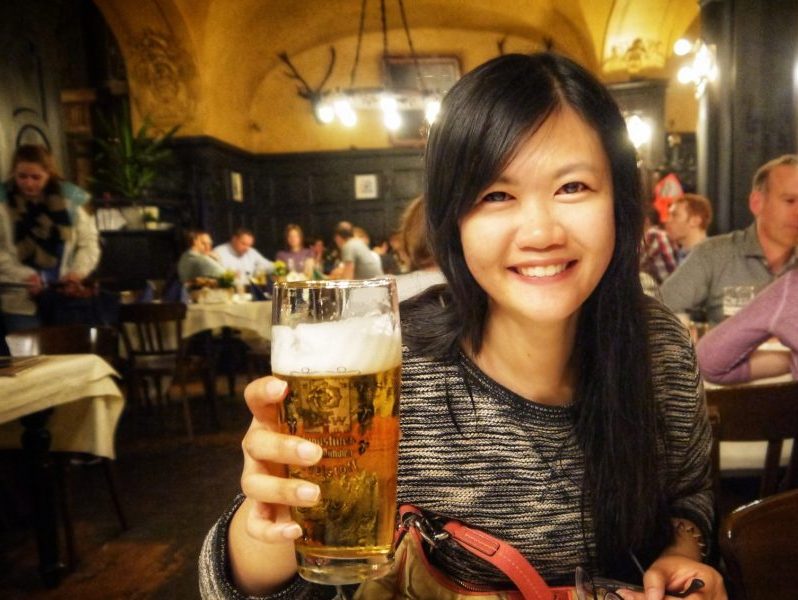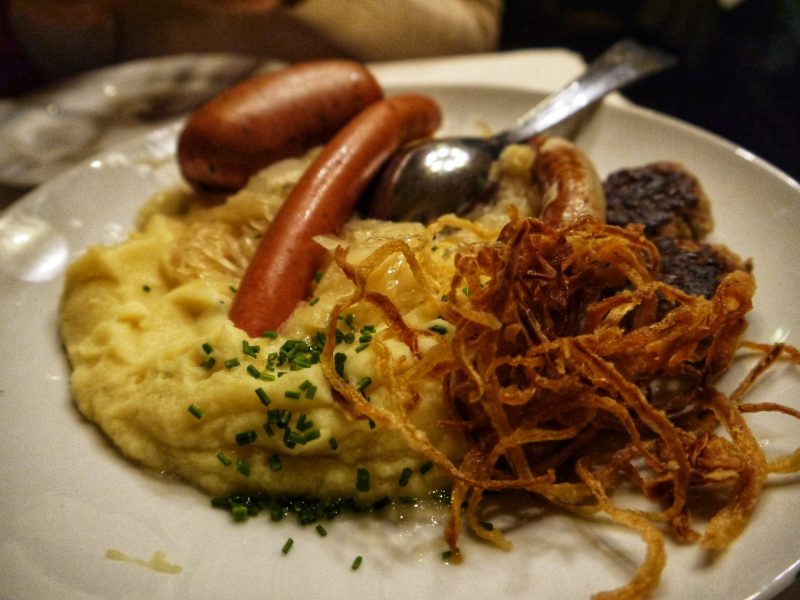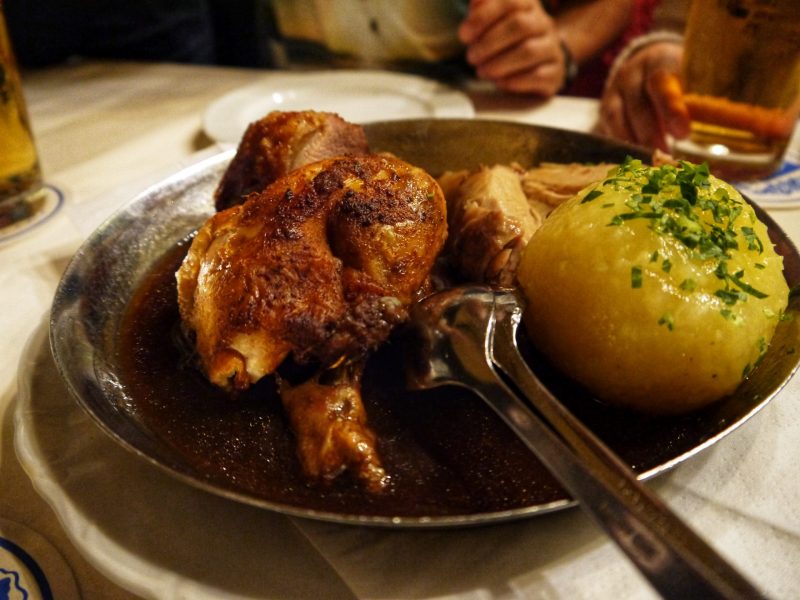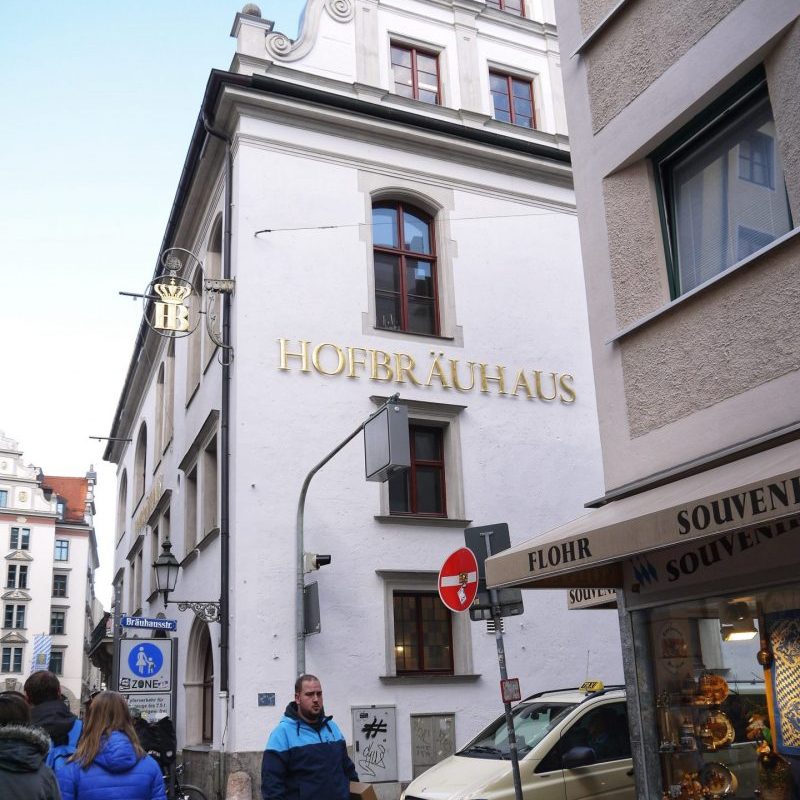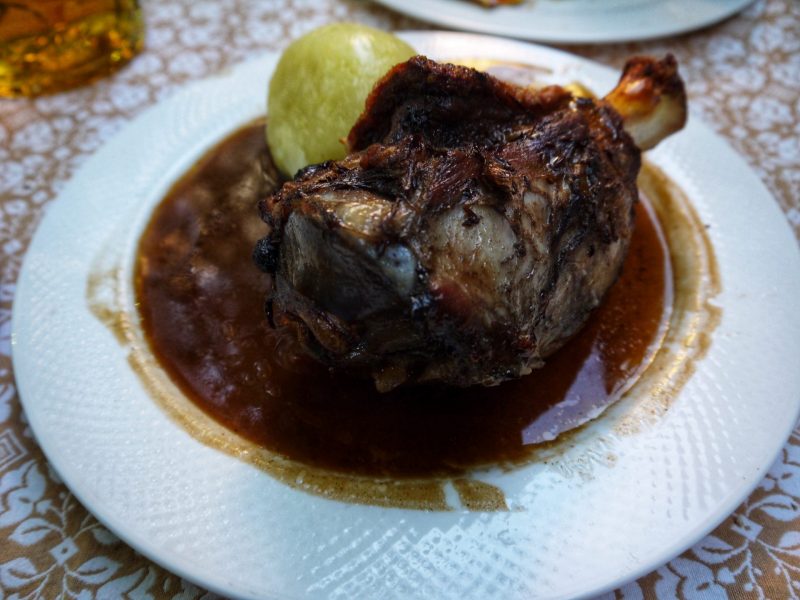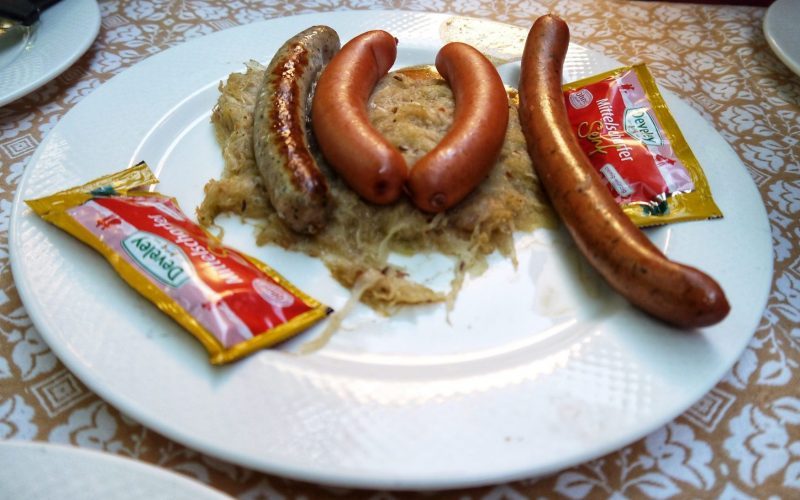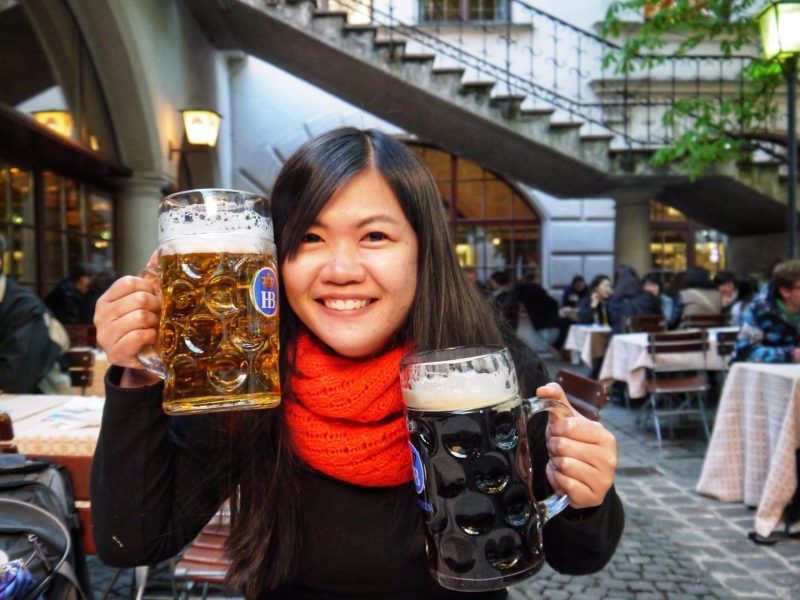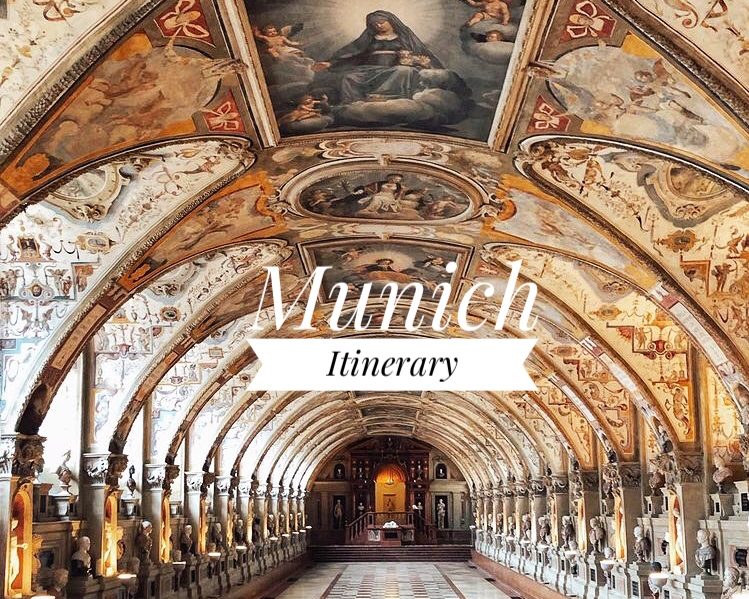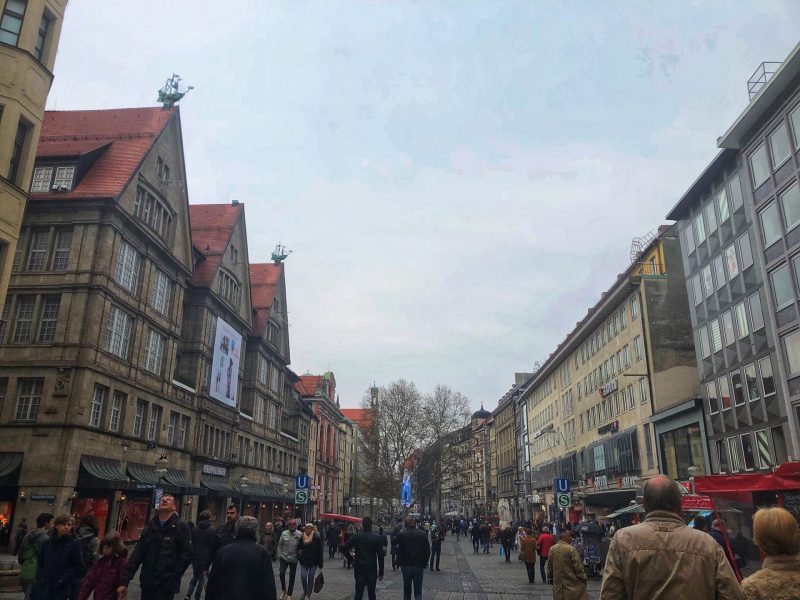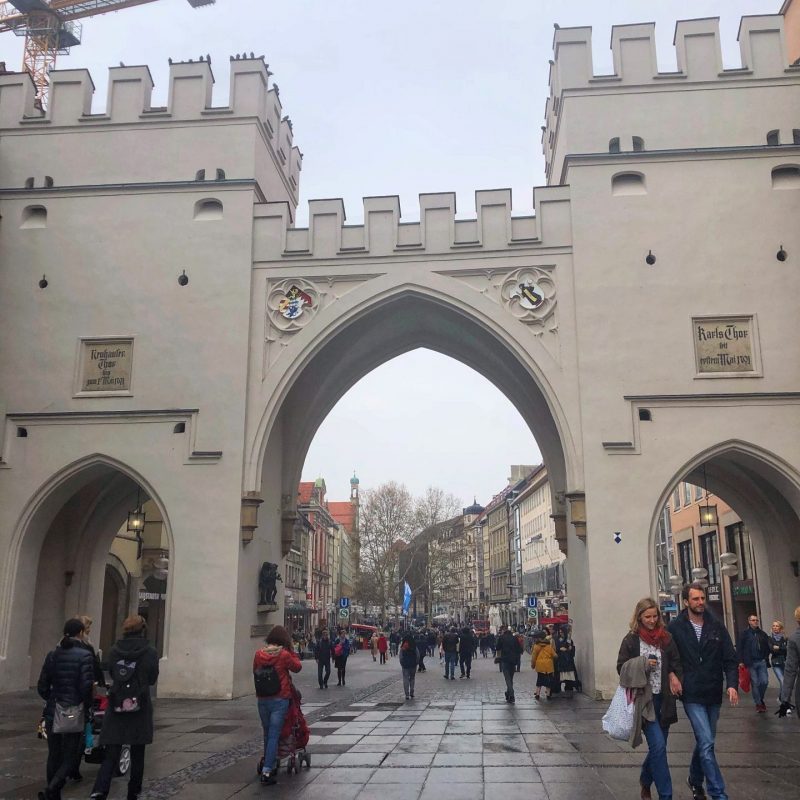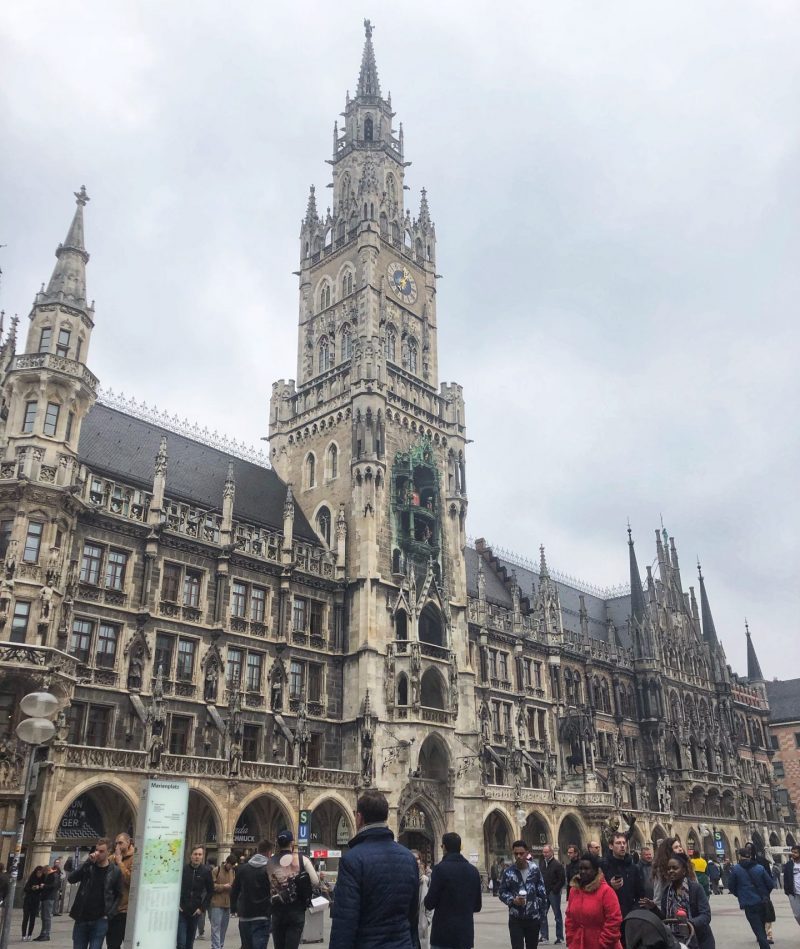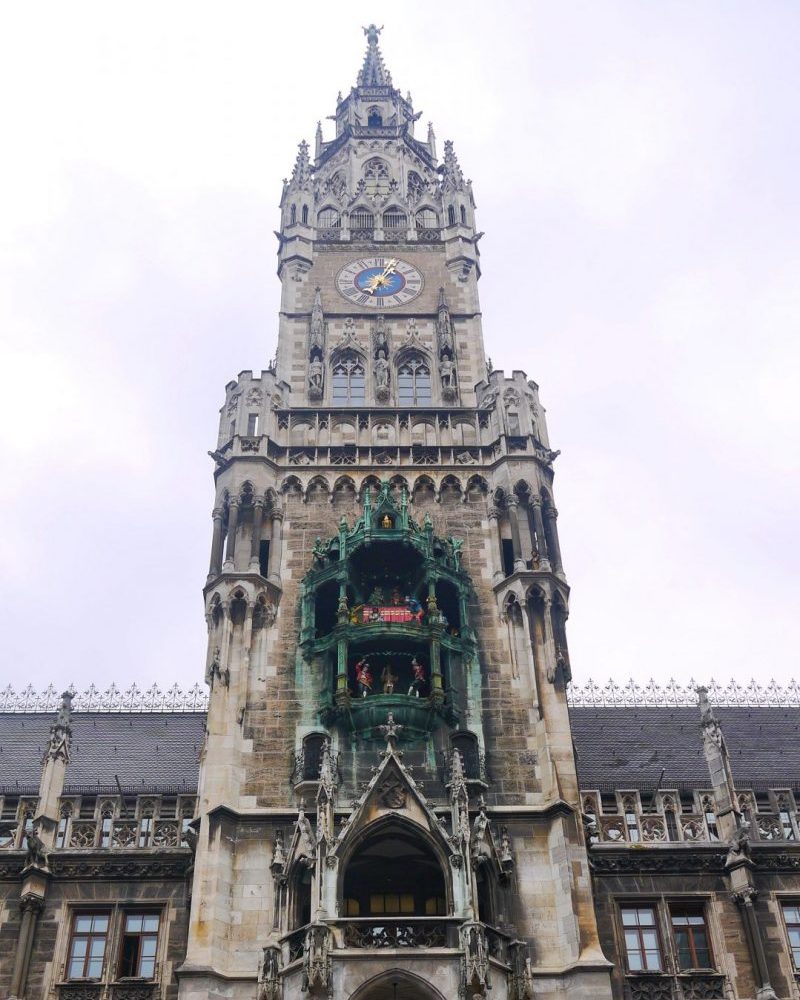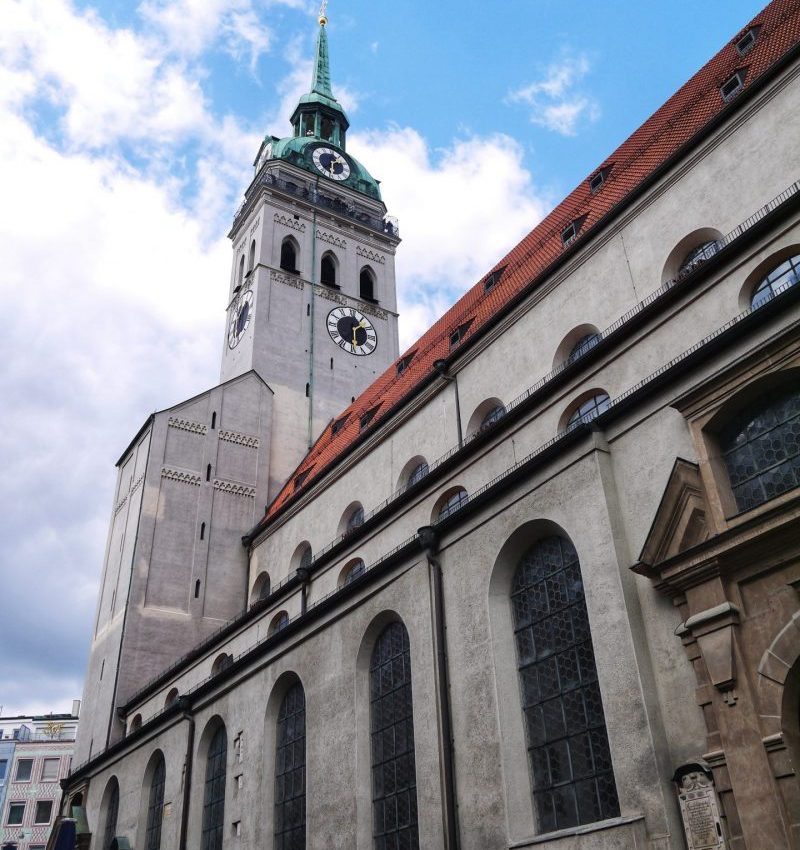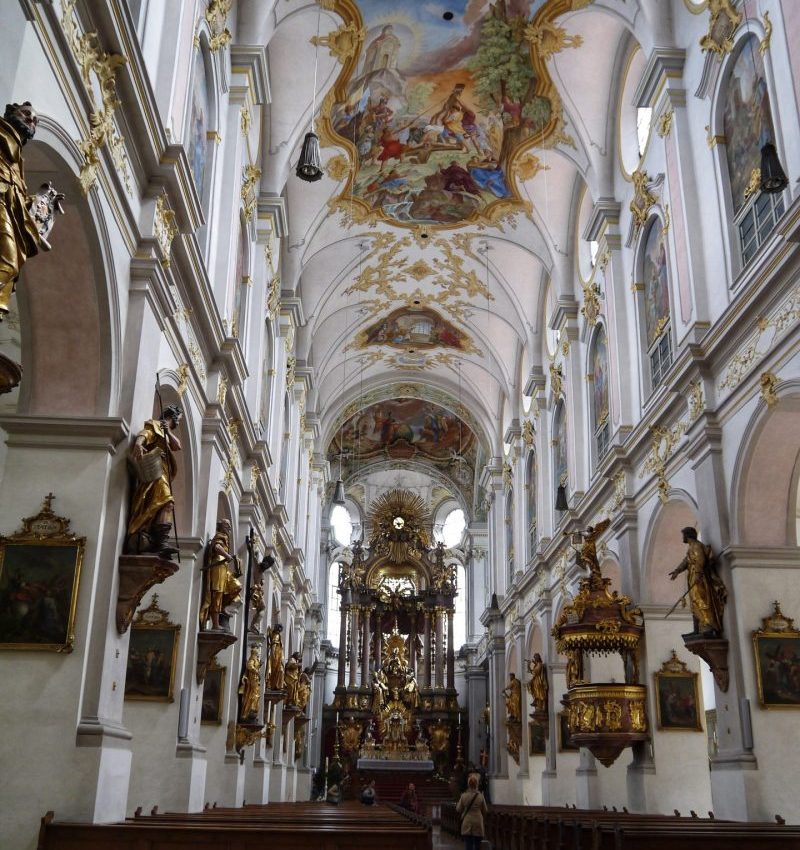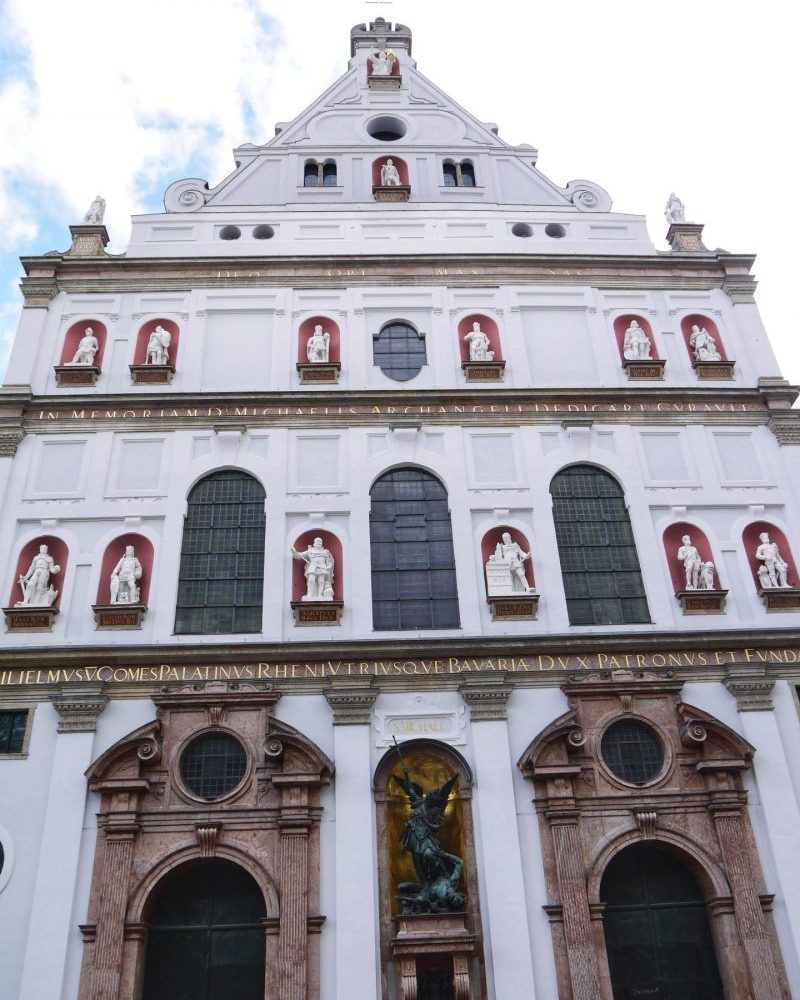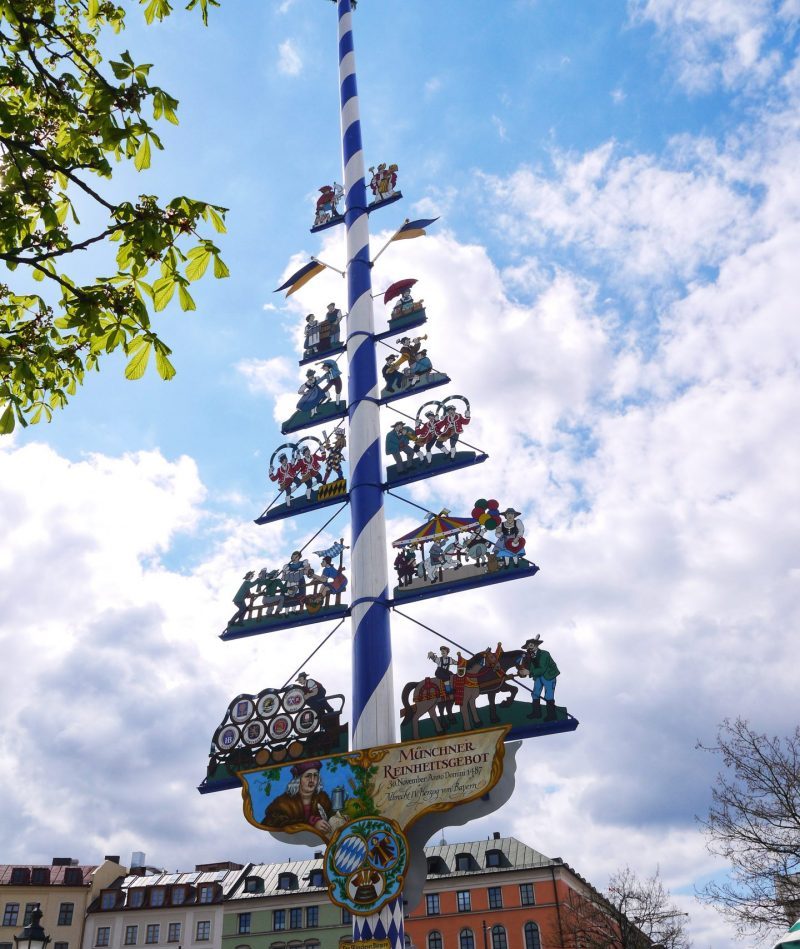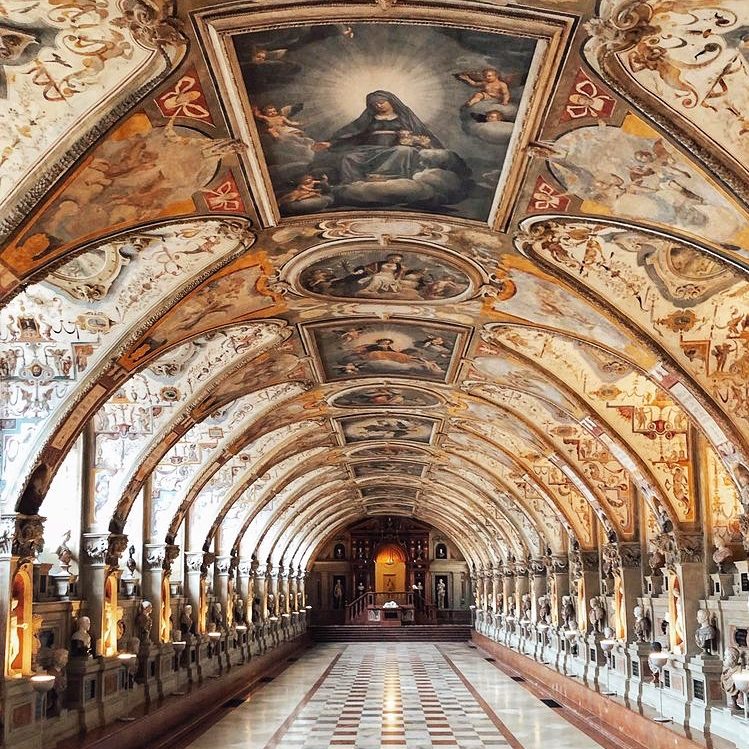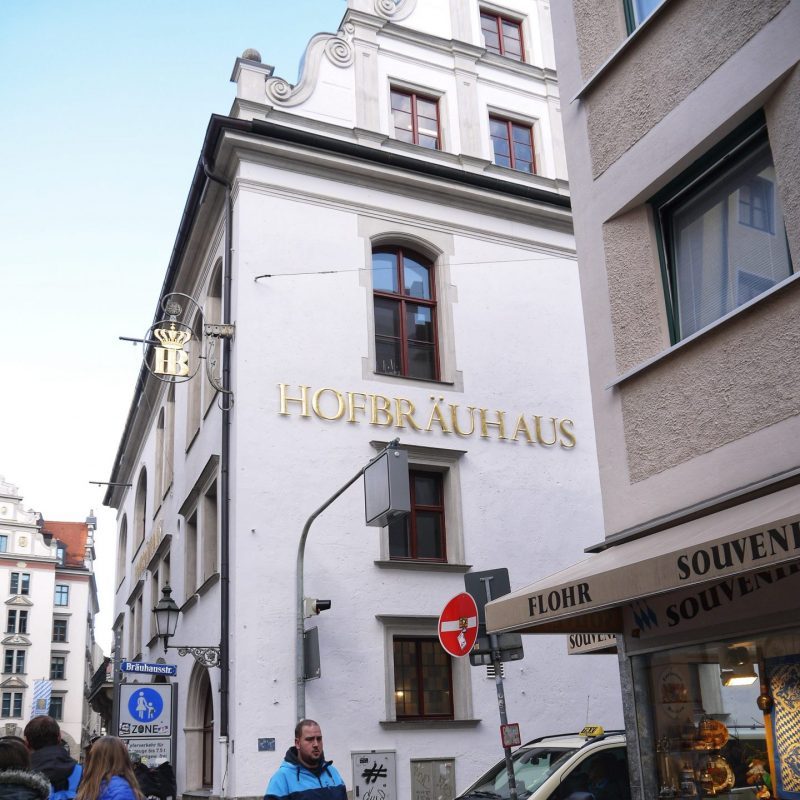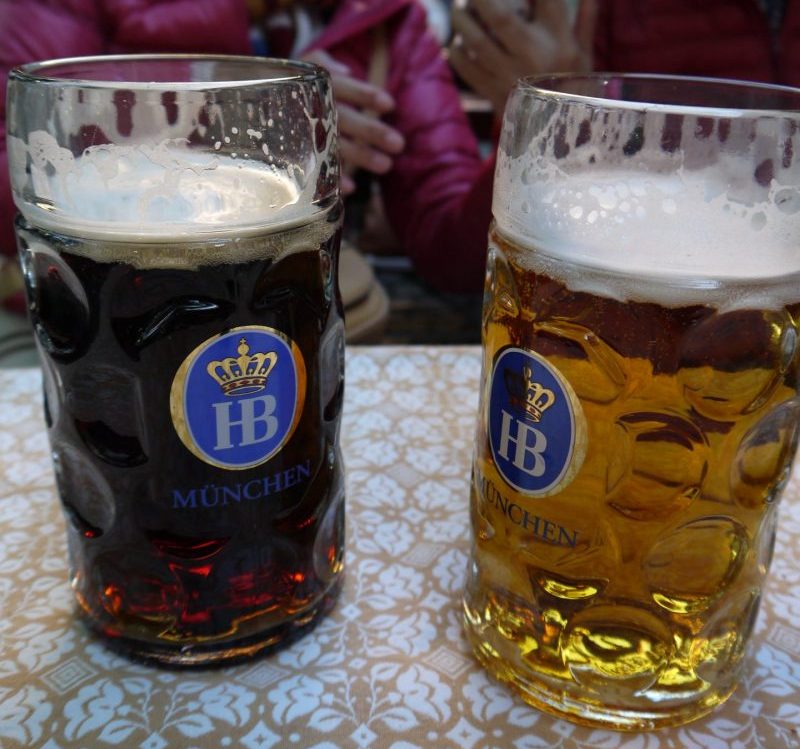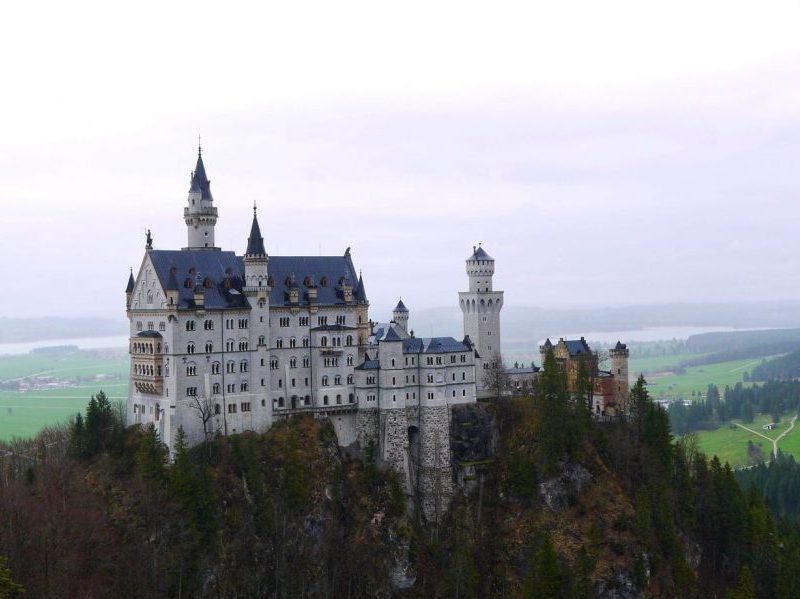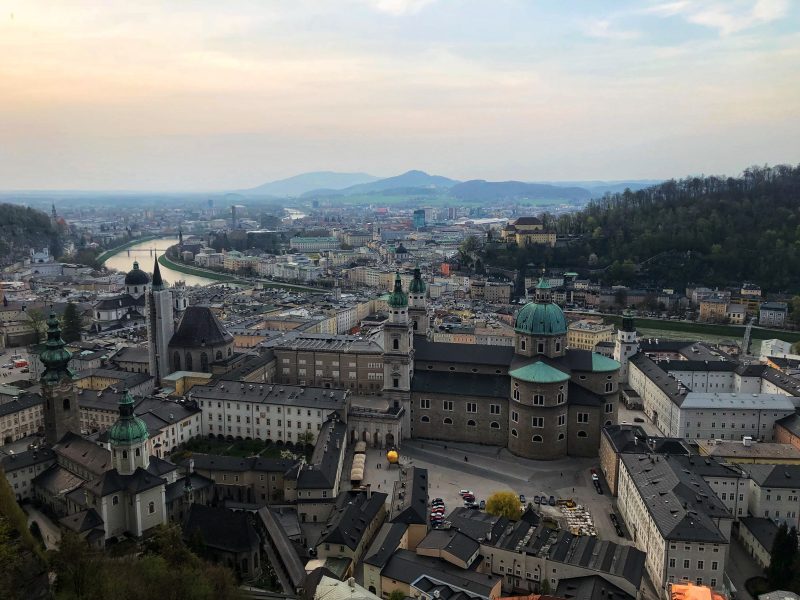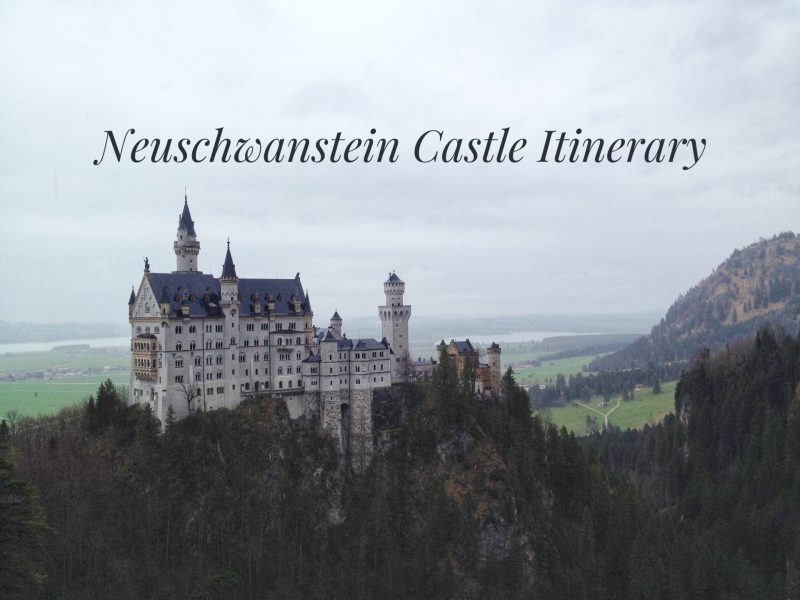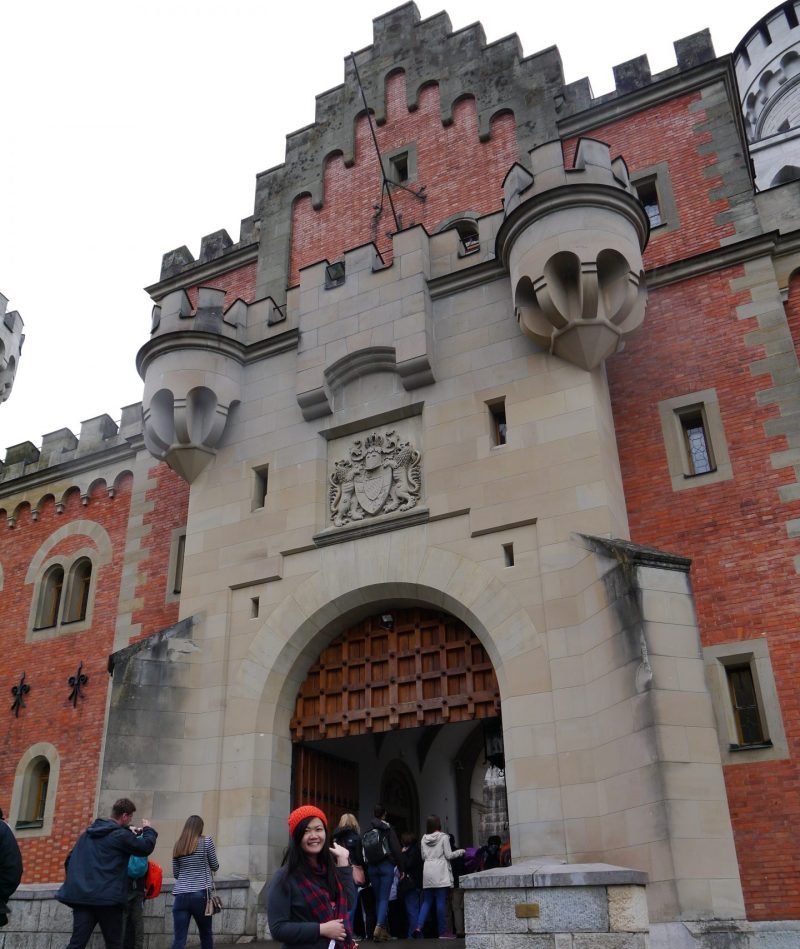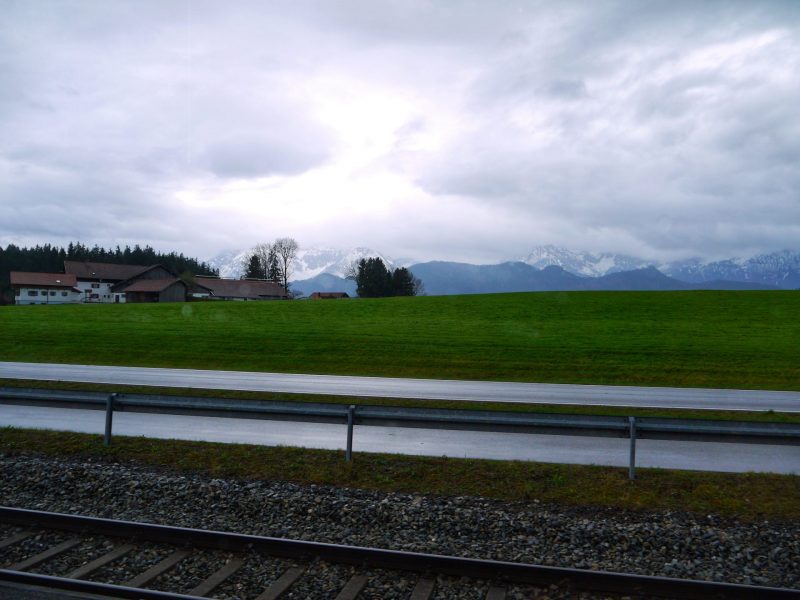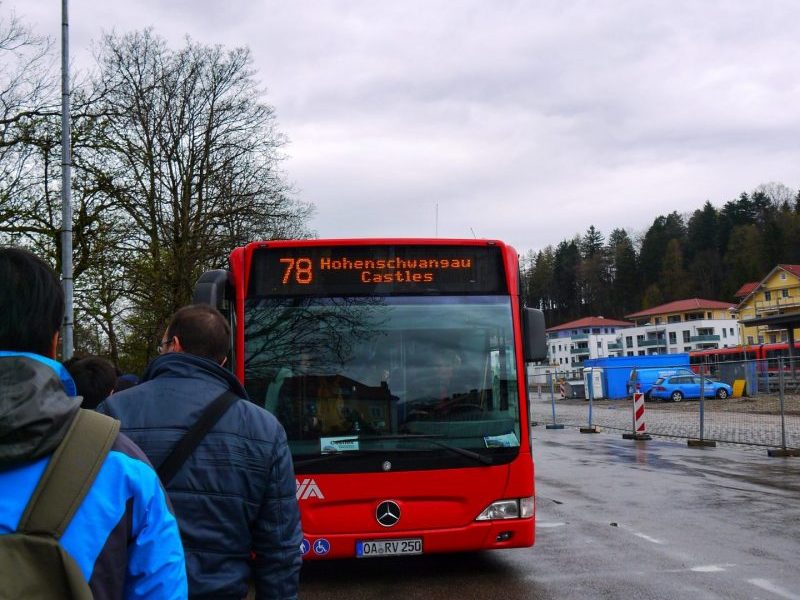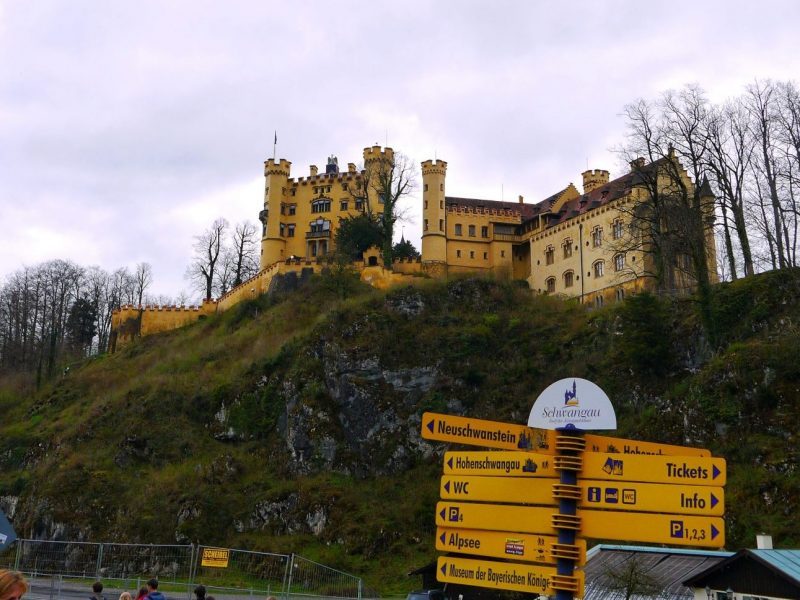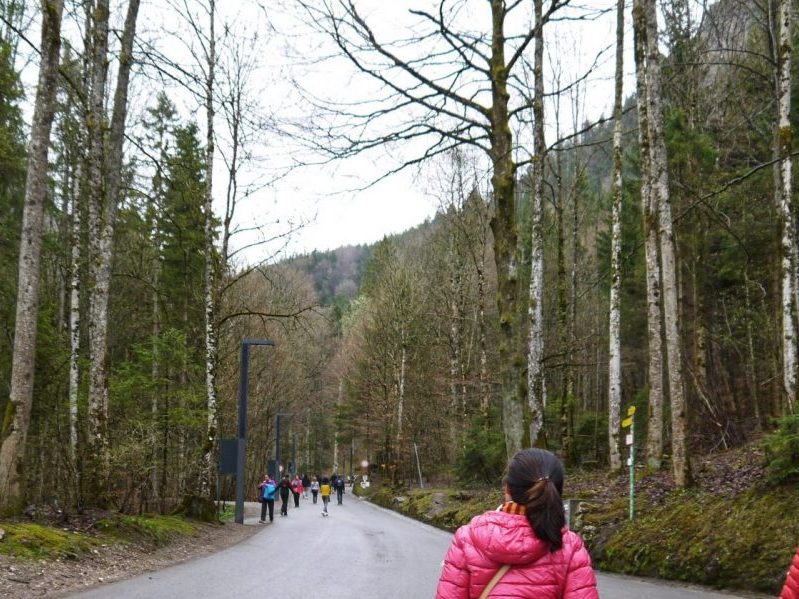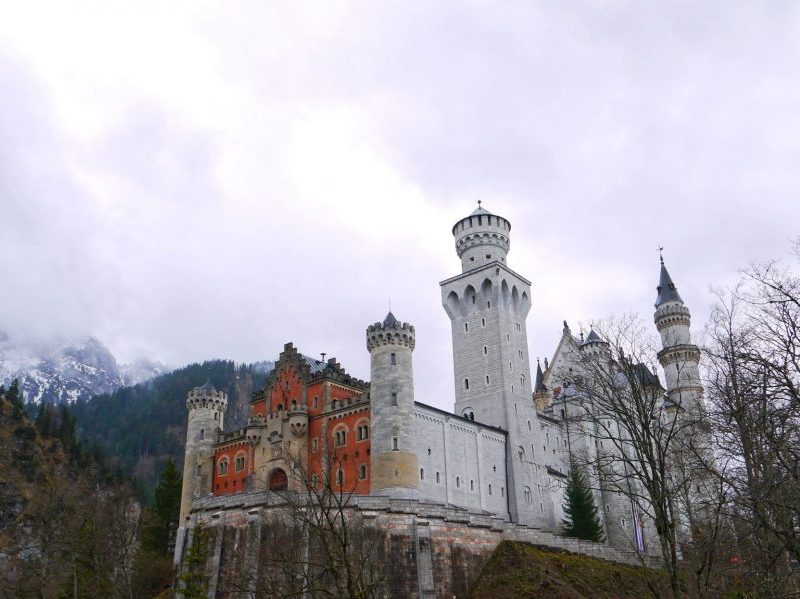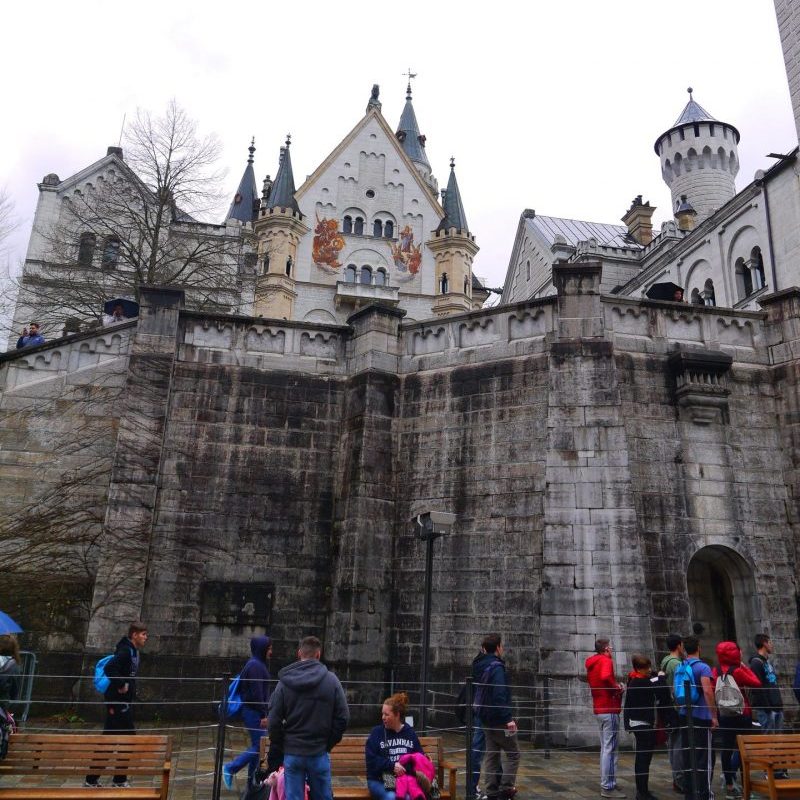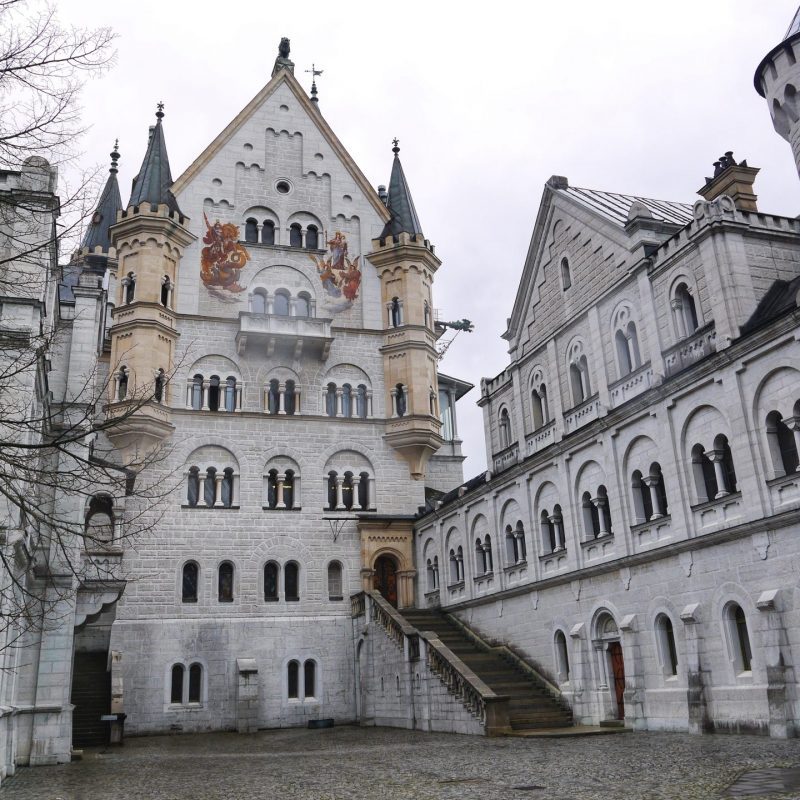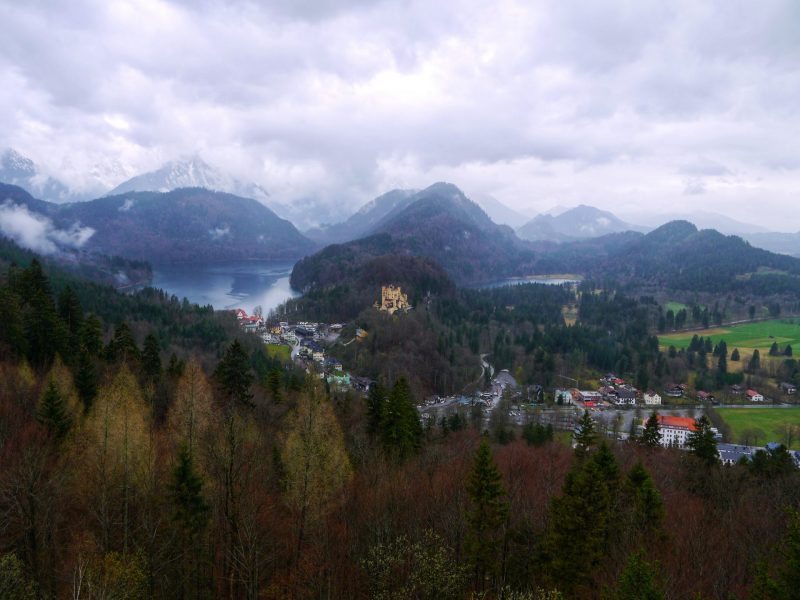Last updated on December 21st, 2024
In this Jungfraujoch travel guide, we will share our experience, including the things to do and all the useful travel tips to the top of Europe. We also listed down all the practical information and budget ways to visit Jungfraujoch cheaper.
Jungfraujoch is arguably the most iconic attraction and most beautiful place in the Swiss Alps. It is located in the saddle of two of the highest peaks in the Jungfrau region of the Alps (Jungfrau and Mönch). At 3,454 meters up, Jungfraujoch is known as the Top of Europe as it is the highest point in Europe that is accessible by train. The viewing point from Jungfraujoch offers breathtaking perspective views of the eternally snow-capped mountains and overlooks the beautiful Aletsch Glacier.
Getting to Jungfraujoch can be confusing especially for the first-timer when planning on the trip. But it is not too difficult to know all the best things to do in Jungfraujoch when planning on your journey there.
We visited Jungfraujoch, the Top of Europe, as part of our Europe trip. You can read on our Jungfraujoch travel guide before your travel journey to this high alpine experience. It is highly recommended as we included transportation information with a step-by-step guide and money-saving tips that are most valuable to you.
For the most comprehensive travel information, here is the Ultimate Jungfraujoch Travel Guide for first-timers to prepare for the vacation to Jungfraujoch in Switzerland. Check it out!
Jungfraujoch Pre-Trip Essential
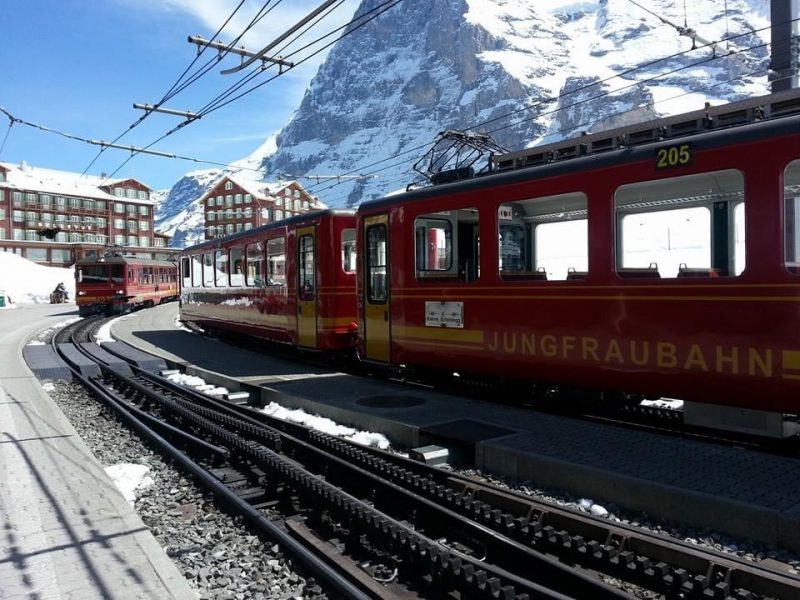
It is hard to imagine that the Jungfraujoch glacier point is located over 3.5km in height. A Swiss entrepreneur Adolf Guyer-Zeller came up with an idea to build a tunnel and railway line to the summit of Jungfraujoch. Starting in 1896, the railway took a total of 16 years to complete. It is now Switzerland’s most popular mountain railway and also referred to as Top of Europe, the highest railway station in Europe (3,415m) until today.
The only way to get to Jungfraujoch is by train. And you will take a series of trains to get here. This can take several hours, depending upon your starting point. Travelers need to switch and take the train to Kleine Scheidegg, the luxury Jungfraujoch railway train to the summit. We will explain more on the transport arrangement with money-saving tips in the below section.
Latest update: The new Eiger Express tri-cable gondola from Grindelwald to the Eiger Glacier Point is the fastest way to get to the Jungfraujoch. The Eiger is the last section of the train ride to Jungfraujoch. It saves a lot of traveling time but is extremely pricey.
Alternatively, join the day tour to Jungfraujoch where you can board the gondola Eiger Express of the newly opened V-Cableway for a spectacular experience at a cheaper price in the group tour. It is good to know that the ticket is cheaper for a larger group compared with visiting Jungfraujoch on your own.
Here is the popular location where you can join the Jungfraujoch day tour:
- Jungfraujoch Day Tour from Zurich
- Jungfraujoch Day Tour from Lucern
- Most popular – Jungfraujoch Day Tour from Interlaken
Things To Do in Jungfraujoch
When you plan for the incredible trip to the Top of Europe, it is glad to know that Jungfraujoch is not only the highest train station in Europe. There is plenty of things to do and see in Jungfraujoch with a wide range of activities available for both solo travelers, couples, families, and kids.
Top Things To Do in Jungfraujoch:
- Enjoy the Breathtaking View along the Train Ride.
- Eigerwand and Eismeer Tunnel.
- Get A Panoramic View from Sphinx Observatory.
- Hiking to the Mönchsjoch Hut.
- Snow Fun Park.
- Alpine Sensation.
- Ice Palace.
- Lindt Swiss Chocolate Heaven.
- Endless Photo Opportunity.
Enjoy the Breathtaking View along the Train Ride
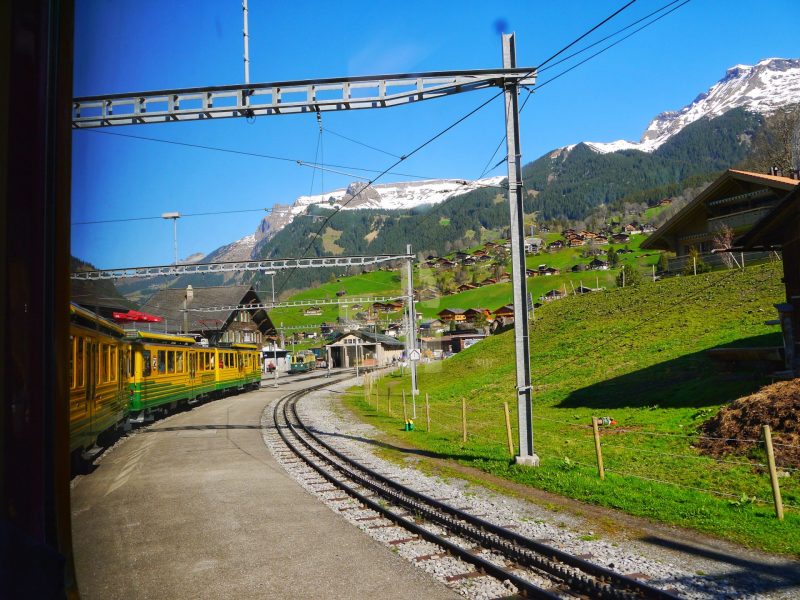
It is said that the Jungfraujoch travel experience begins from the minute you step into the cogwheel train and begin the ascent of 3,000 meters. The Jungfraujoch train is called Jungfraubahn, carries passengers to the Top of Europe, and along with offering a very smooth and comfortable ride.
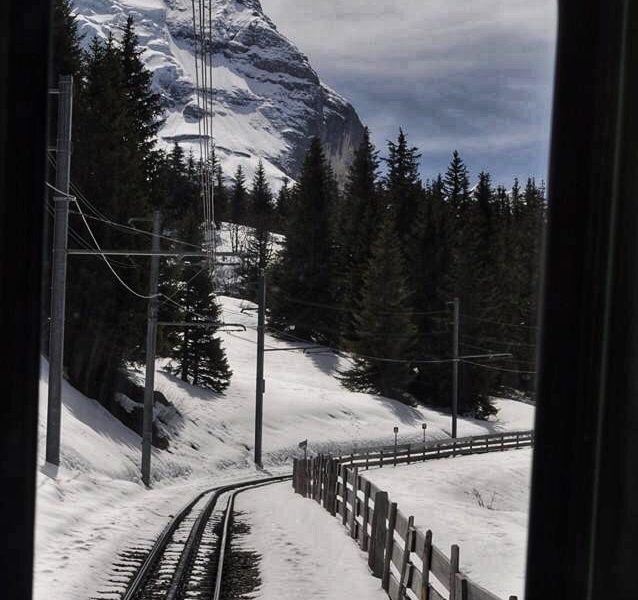
Starting from Interlaken, Jungfraubahn will coil up across mountain pastures, tunneling through the Eiger, until it reaches the Jungfrau summit. It is a long train journey and took about two hours to depend on your starting point. But I am assured it is a truly scenic ride. The views from the train are nothing short of breathtaking.
Jungfraujoch Travel Tips: Although both sides offer incredible views along the train ride. But we strongly recommend sitting on the right side of the train for the ascent so you can enjoy the view unobstructed.
Eigerwand and Eismeer Tunnel
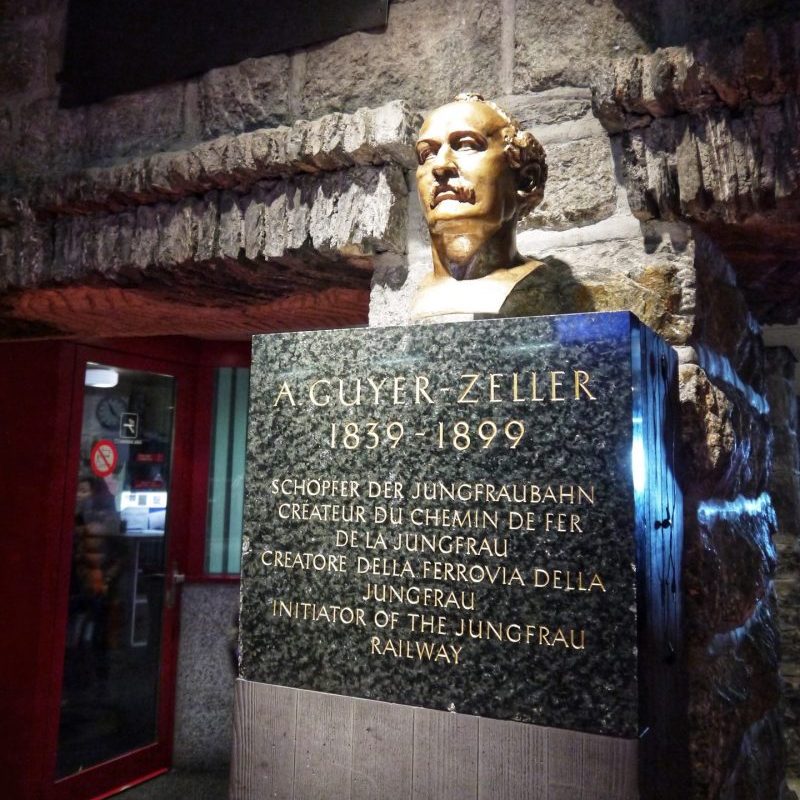
During the ride up to Jungfraujoch, the train enters a long tunnel through the mountains. It stops twice on the way up the tunnel – once at Eigerwand (2685 m) and then at Eismeer (3010m) where everyone gets out to take photos through picture windows.
You can get off from train before continuing up to the top. It will be stopped for only 5 minutes and prepare to rush. The last ascend in the tunnel is very steep at a 25-degree angle.
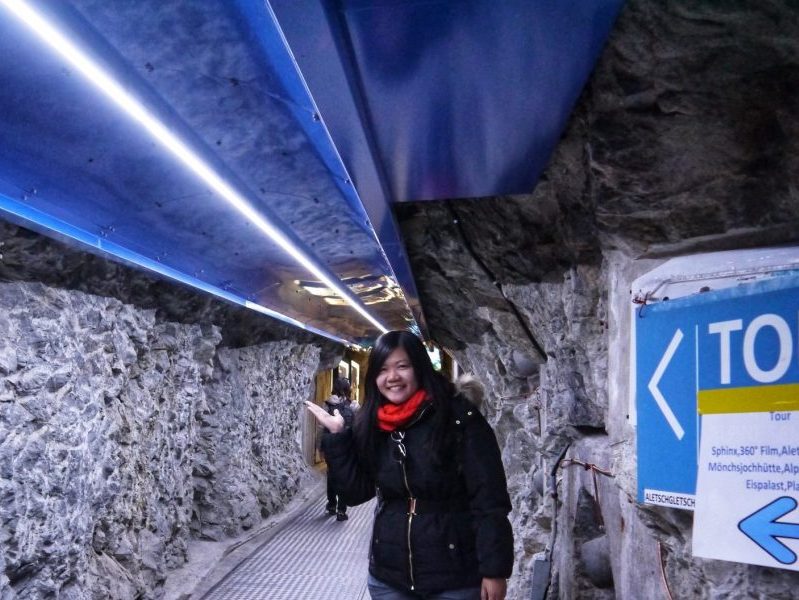
The Jungfraujoch train will be stopped at the last station inside the tunnel. Take a short walk from the station to the main building, a multi-story building with restaurants and shops. It is the starting point and also the last endpoint for your adventure in Jungfraujochalso.
Just follow the blue sign that directs you where to go. You will do one big loop through the tunnels in the mountain, visiting all the attractions along the way.
Get A Panoramic View from Sphinx Observatory
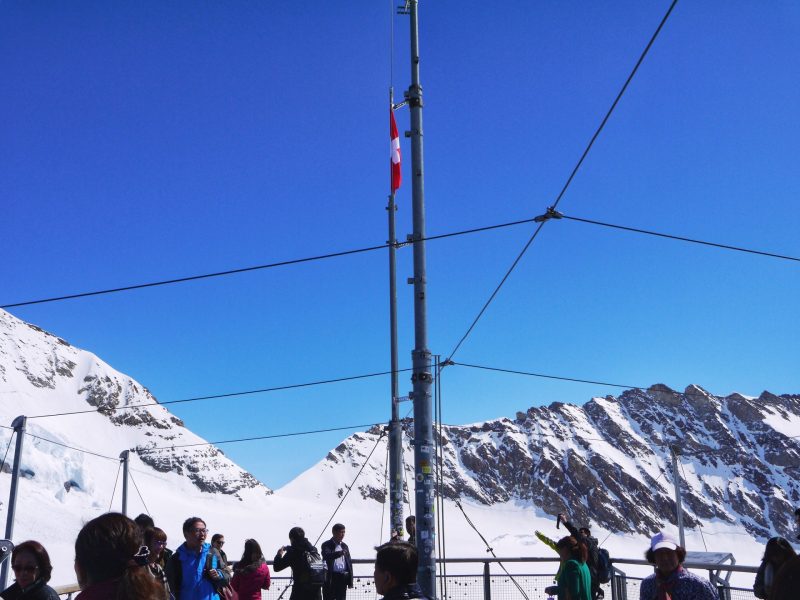
Ride the elevator up to the Sphinx Observatory for one of the best views of the day.
The Sphinx Observatory is the iconic, picturesque observation deck in Jungfraujoch. Situated in the saddle between the peaks of Jungfrau and Mönch, Sphinx Observatory is one of the highest observatories in the world. It contains two large laboratories, a weather station, and a telescope. Although these are not accessible to the public, you can visit the open viewing deck for the best views of the Alps.
From here, at an elevation of 3571 meters above sea level, you can get panoramic views over the Alps. The Aletsch Glacier, which is the longest glacier in Europe, also can be seen clearly at Sphinx Observatory. The views are incredible.
If the weather is too cold, you can also rest and enjoy the view from inside the Observatory through the glass windows.
Hiking to the Mönchsjoch Hut
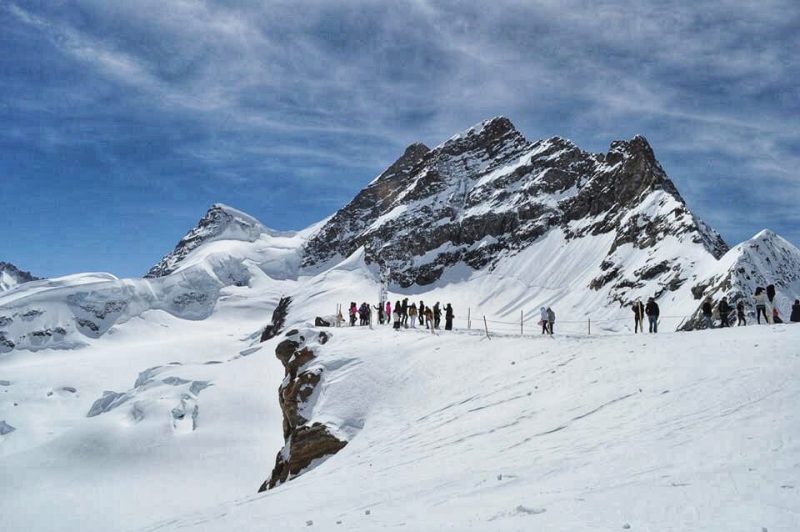
For a uniquely alpine experience, take the short hike from Jungfraujoch to Mönchsjoch Hut. To get to Mönchsjoch Hut, there is a short hike on a marked footpath which takes around 45 to 60 minutes. The walk may look fairly easy but it’s more challenging than you might expect. Make sure to have good shoes as they can get slushy when walking there. It is cold near the top of these mountains, so dress warmly.
The Mönchsjoch hut offers a breathtaking view into Central and Eastern Switzerland as well as the Valais mountains. Consider having lunch if you are here midday. You can also reserve a bed at the dormitory to spend a night here.
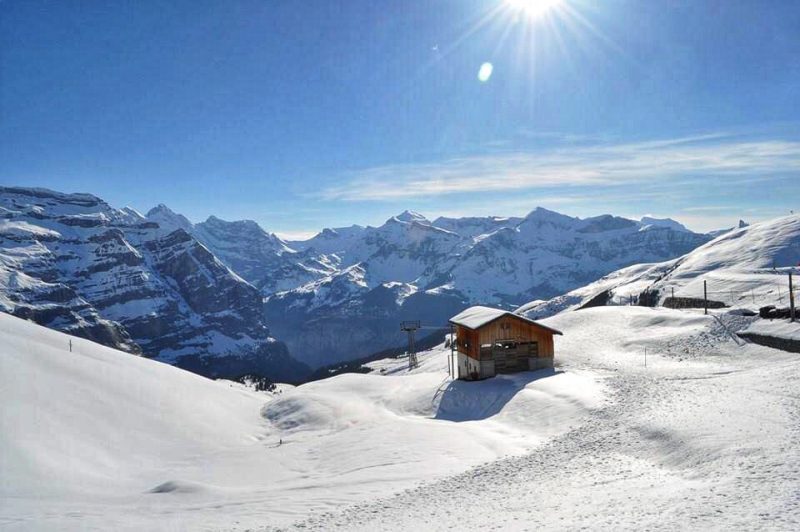
Snow Fun Park
During the summer months, the Snow Fun Park is open to visitors to enjoy winter sports on top of one of the tallest of the Swiss Alps. You can enjoy snow tubing, skiing, snowboarding, a zipline, and, of course, sledding at the Snow Fun Park at Jungfraujoch.
Perfect place for kids or people who like to play in the snow in summer. A single ticket can be very expensive and it is recommended to buy a day ticket that included all the activities in Snow Fun park. Make sure to come early and spend your whole day here.
Alpine Sensation
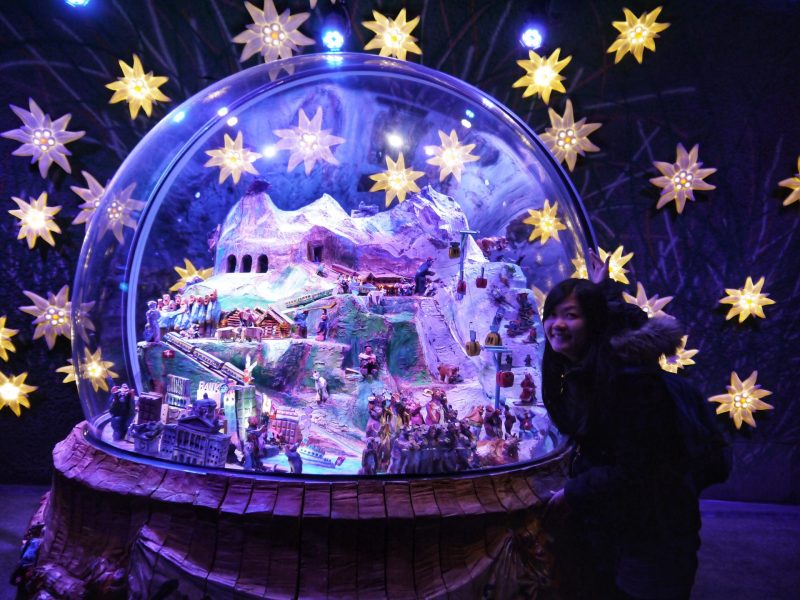
Next, back to the main building, you will walk to the Alpine Sensation. Opened in 2012, Alpine Sensation is an exhibition that includes a 250-meter-long hall and a 360-degree audiovisual panorama.
Alpine Sensation will show you a 360° view of the surrounding area where you can see the beautiful mountain tops and the whole area even if you visit on a cloudy or snowy day. There is also a display of the history of the construction of the railway and how the sacrifices they made to build the Jungfraujoch and railway.
Ice Palace
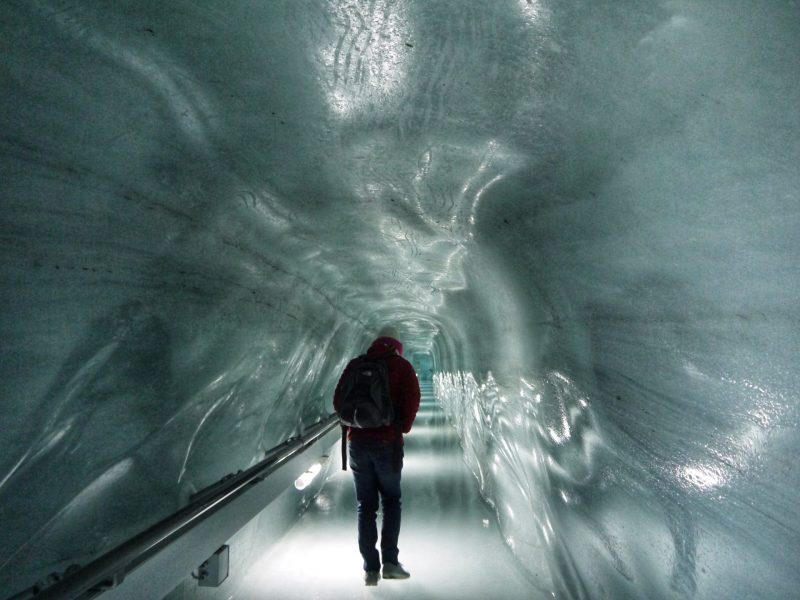
In Jungfraujoch, one of the must-see attractions is the Ice Palace. It is a cool experience where many small ice sculptures of penguins, animals, people, and nature scenes are inside the large corridors.
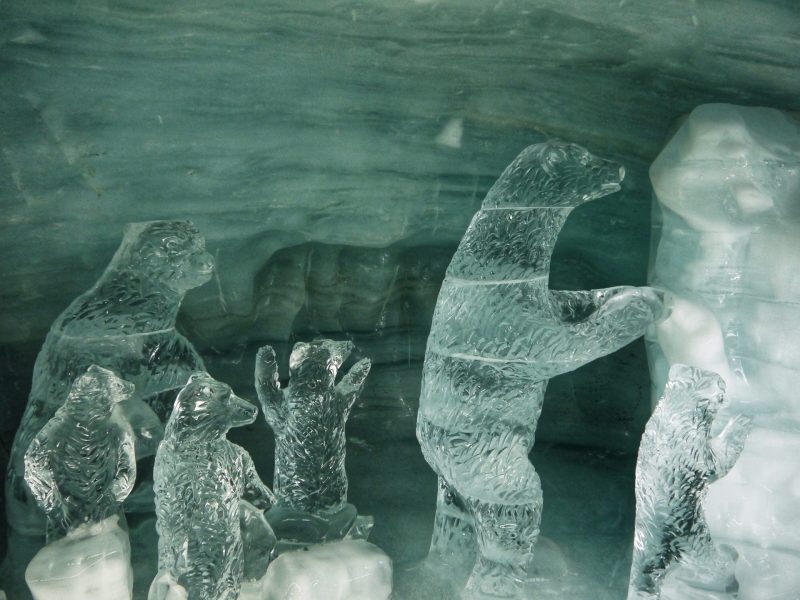
The detail of each sculpture is very fine, and you’ll find yourself wanting to take pictures of each work of art. Enjoy your time walking in the ice tunnel under the glacier.
We took many photos and had fun inside the ice palace.
Lindt Swiss Chocolate Heaven
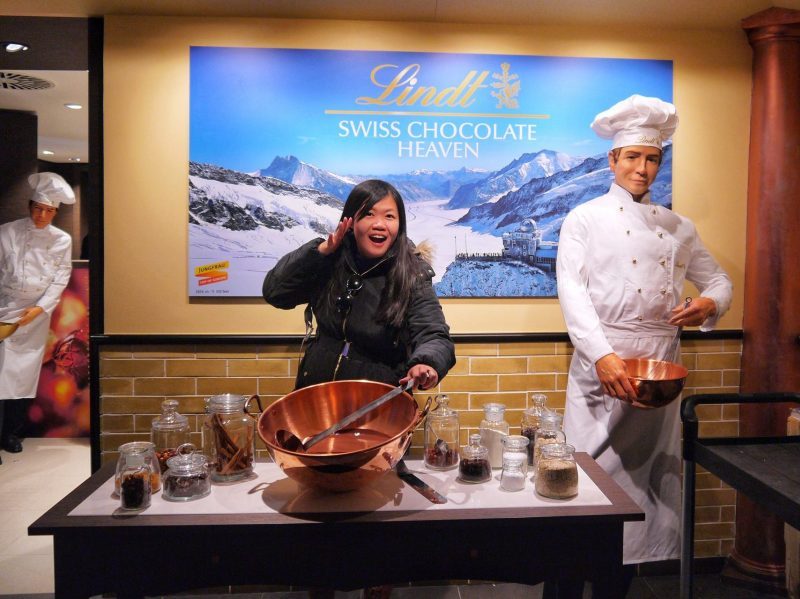
Lastly on the main building is the Lindt Swiss Chocolate Heaven. This creamy Swiss chocolate is the best chocolate from Switzerland and you can learn about how this Swiss chocolate is made. There are also numerous shops selling typical Swiss souvenirs such as candy, watches, pocket knives, key chains, and snow globes.
Jungfraujoch Travel Tips: Most of the souvenir sold in the Jungfraujoch is not cheap, but you can find the best deal at Lindt Swiss Chocolate Heaven. Their chocolate is cheaper than in the major cities in Switzerland!
Endless Photo Opportunity
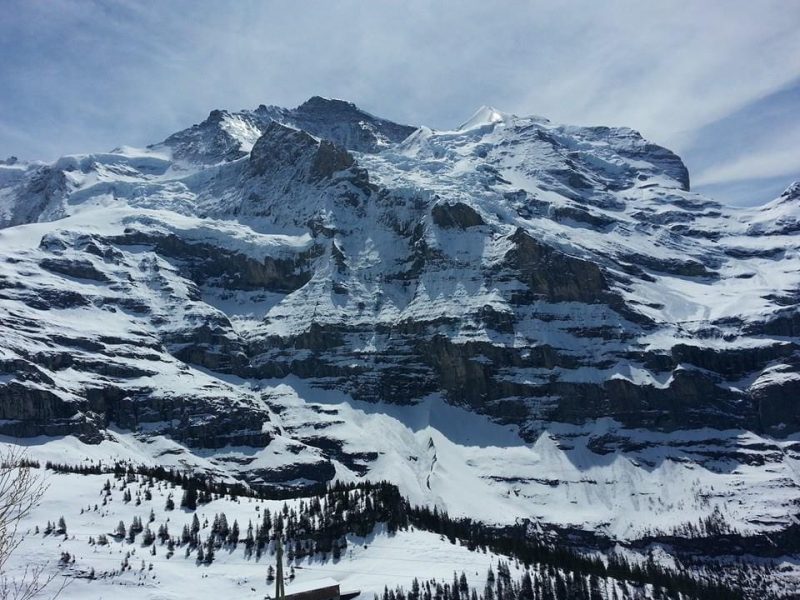
There is endless photo opportunity where you can take many stunning pictures when visiting Jungfraujoch.
Here are the few places that you hardly can’t miss for your best click.
- Riding the train with beautiful Alpine scenery along the journey.
- At Kleine Scheidegg.
- On the observation deck of the Sphinx Observatory.
- In front of the sculptures in the Ice Palace.
- By the Swiss flags that everyone wants to line up to take pictures with at the top of Jungfrau Mountain.
How To Visit Jungfraujoch
Here we will cover everything you need to know about how to visit Jungfraujoch in detail. You will get to know the transportation arrangement, ticket prices, how to get to Jungfraujoch, and what you can do once you are here.
Getting To Jungfraujoch by Train
The most common cities to start the Jungfraujoch trip is from Zurich, Lucerne, Bern, Interlaken, Lauterbrunnen, Wengen, Mürren. Whichever train route you take, you will always go through Kleine Scheidegg, the last stop before Jungfraujoch.
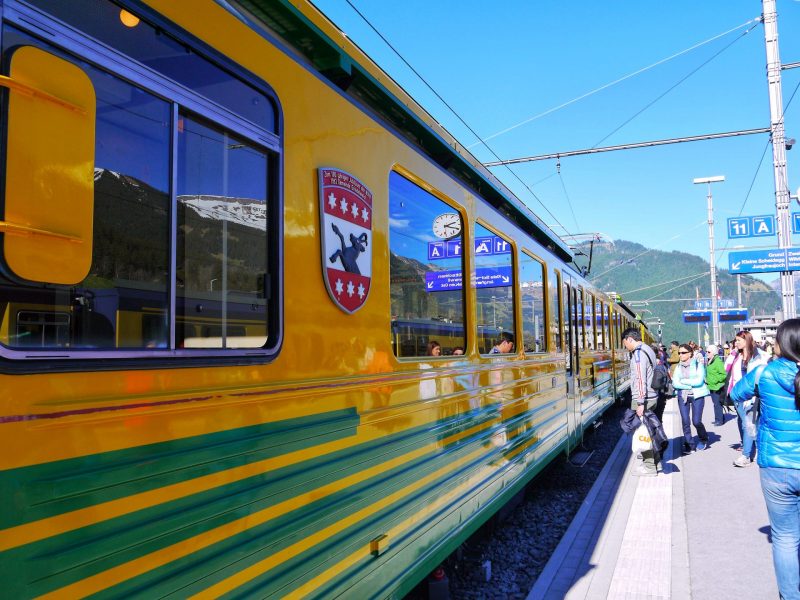
Getting to Jungfraujoch by train via Kleine Scheidegg:
- Wengen: From Wengen to Kleine Scheidegg – Kleine Scheidegg to Jungfraujoch. Estimate traveling time is about 80 minutes including transfer.
- Lauterbrunnen: From Lauterbrunnen to Kleine Scheidegg through Wengen – Kleine Scheidegg to Jungfraujoch. Estimate traveling time is about 100 minutes including transfer.
- Grindelwald: From Grindelwald to Kleine Scheidegg – Kleine Scheidegg to Jungfraujoch. Estimate traveling time is about 80 minutes including transfer.
- Interlaken OST: From Interlaken OST to Kleine Scheidegg though Grindelwald – Kleine Scheidegg to Jungfraujoch. Alternatively, take the train from Interlaken OST to Kleine Scheidegg though Lauterbrunnen. Estimate traveling time is about 140 minutes including transfer.
As per the above travel route, you have two options from Interlaken to Jungfraujoch, either via Lauterbrunnen or Grindelwald, change the stop at Kleine Scheidegg. But you can also take one route up and another route down to see more of this beautiful region of the Swiss Alps.
The length of the train ride to Jungfraujoch depends upon where you are leaving from to get there. Look at the official website to see how long the ride will be and what trains you will have to get on here. Plus, the train schedules are visible at Jungfraujoch, and the train departure is announced through speakers so it’s very straightforward to travel to Jungfraujoch.
How Much Does The Jungfraujoch Ticket Cost?
Maintaining the railway and building in the snowy maintain is very costly. So it is no surprise that the Alpine experience to the Top of Europe has a huge price tag. The full-price tickets for adults will cost you around CHF200. But the best thing is, once you get to the Jungfraujoch, it is free to go to the Sphinx Observatory, the snow plateau, Alpine Sensation, and the Ice Palace.
Jungfraujoch ticket prices by different season and months:
- CHF 210.80 (January-May, September-October and 2nd half of December)
- CHF 235.80 (June-August)
- CHF 184.80 (November-1st half of December)
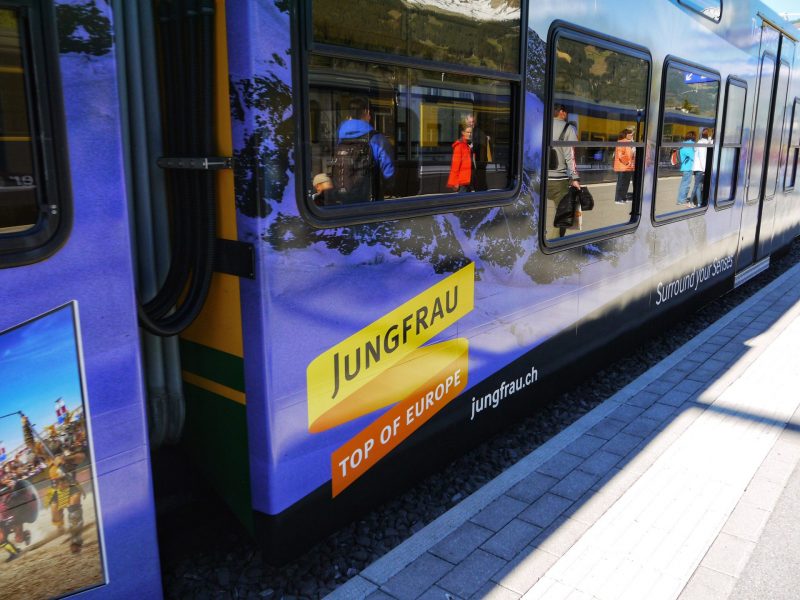
The Jungfraujoch ticket prices can be varied by the season of the year. It is slightly more expensive during the summer months.
Good to know: Children under the age of 6 rides for free. There is a Junior Card available for children ages 6-16 where they get half-price fare of the normal ticket.
Money Saving Tips
There is three way to get the Jungfraujoch Ticket:
- Book online through Jungfrau Railways (Jungfrau.ch)
- At the counter at Jungfrau train station or any Swiss rail station. Beware that tickets might be sold out.
- Book through Tour to Jungfraujoch as it will be cheaper.
Again, the tickets to Jungfraujoch are very expensive. Fortunately, there are ways to get cheaper tickets.
Good Morning Ticket
If you don’t mind getting up early in the morning, you can take advantage of the Good Morning Ticket. It is only valid on the first two trains of the day from Kleine Scheidegg to Jungfraujoch (8 am and 8:30 am) and needs to leave Jungfraujoch by 1:13 pm. This offer is valid from May 1 to October 31 where you can save some money on the train fare.
It is a good option for travelers who love to travel in the morning. Besides, Morning is the best time to visit the Jungfraujoch with less crowd.
The Jungfrau Travel Pass
Allows for unlimited travel throughout most of the Jungfrau region for 3-8 days for one inclusive price. This travel pass is a good deal if you plan on being around Jungfrau for a longer time.
The Swiss Travel Pass
Another option for getting a cheaper ride to Jungfraujoch. It is a valuable pass where you will be able to go on almost any public transportation in Switzerland for a consecutive 3, 4, 8, or 15 days. With the Swiss Travel Pass, you will get 25% off the price of the ticket to Jungfraujoch.
Get the Swiss Travel Pass (E-Ticket) from Klook here
More Practical Infomation and Tips When Visiting Jungfraujoch
Last but not least, here is the final travel tips and practical information when visiting Jungfraujoch:
- Watch the weather and pick the clearest day to visit Jungfraujoch.
- Go early in the morning to avoid the crowds.
- Sit on the right side of the train going up from Kleine Scheidegg.
- Due to the winds and high altitude, it is important to dress warmly.
- Purchase your tickets in advance. On a clear day, tickets can sell out, especially for the morning trains.
- Don’t forget your sunglasses! On a sunny day, the snow is literally blinding in its brightness.
- Make sure to apply sunscreen and lip balm.
- Bring your food to Jungfraujoch. Having a meal at restaurants at the top can be pricey.
- Seat reservation is recommended in the summer period (May to August).
- Lindt chocolates were cheaper at Jungfraujoch.
Jungfraujoch Travel FAQ
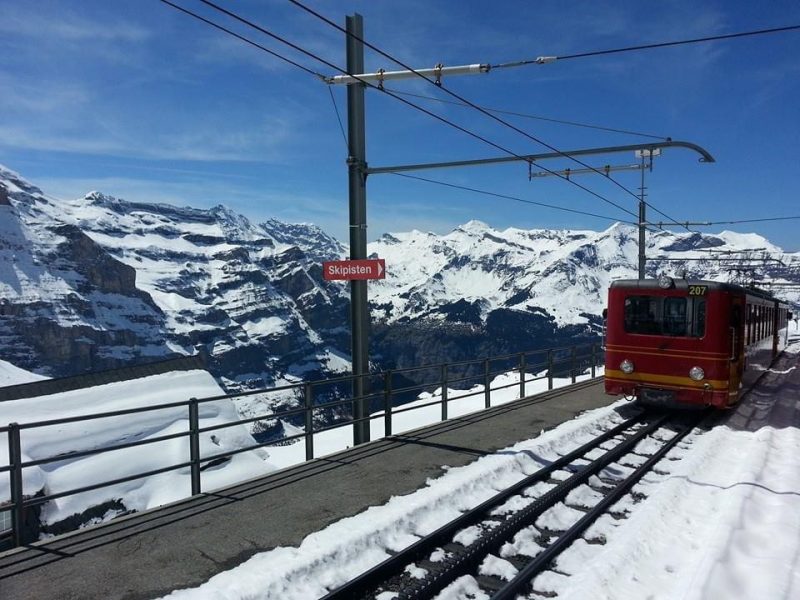
The Jungfraujoch Travel Guide FAQ with travel information and tips for travelers who plan to visit Jungfraujoch.
Yes, and it is definitely worth it. You get to see stunning alpine views and probably is a once-in-a-lifetime experience. You won’t regret it spending your time and money on Jungfraujoch, the Top of Europe.
Weather is unpredictable in Jungfraujoch. It can be cloudy in the morning and clear up in the afternoon. It is best to go there in the early morning as the weather will be changed in the afternoon.
The Jungfrau website provides a 360° webcam that shows you what’s the weather condition in Jungfraujoch. Besides, most hotels also show the live weather if you are staying in the Jungfrau region. View the webcam before you buy your tickets to Jungfraujoch.
Plan at least 2 to 3 hours to explore Jungfraujoch (not including travel time). There are many things to do at the Jungfraujoch and easily can spend your time there touring around. Besides, allocate more time if you plan to walk to the Mönchsjochhütte or have fun at the snow park.
Jungfraujoch is open all year long and opens every day. But travelers are advised to visit Jungfraujoch when the weather is good.
Overview: Jungfraujoch Travel Guide
All in all, with so many well-known mountain destinations in Switzerland, a train trip up to Jungfraujoch remains one of the most popular things to do in Switzerland. Ride a train to Europe’s highest train station, stand on one of the highest points in the Swiss Alps, hike through the snow out to the Mönchsjochhütte, get the panoramic views over the Alps.
We visited many places in Switzerland and Jungfraujoch is one of the most unique in the Swiss Alps. It may be costly to the top of Europe. But I truly enjoy my trip to Jungfraujoch and highly recommended it.
At the end of the trip, we continue our adventure to Lauterbrunnen while on the way back. Check out another travel blog in the Jungfrau region here.
- Jungfrau Region Itinerary: A Complete Travel Guide Blog
- Where To Stay in Jungfrau Region – Best Hotel & Holiday Home
- Things To Do in Interlaken Itinerary: A Travel Guide Blog
- Where To Stay in Interlaken: Best Hotels Pick
Related Switzerland Travel Blog:
- Zurich Itinerary: A Complete Travel Guide Blog
- Where To Stay in Zurich: Best Areas and Hotels
- Lucerne itinerary: A Complete Travel Guide Blog
- Where To Stay in Lucerne: Top 3 Areas and Best Hotel
- Travel Guide to Mount Titlis Day Trip
- Bern Itinerary: A Day Trip Travel Guide Blog
- 2-Days Zermatt Itinerary: A Travel Guide Blog
- Where To Stay in Zermatt: Top 8 Best Hotels Pick
